


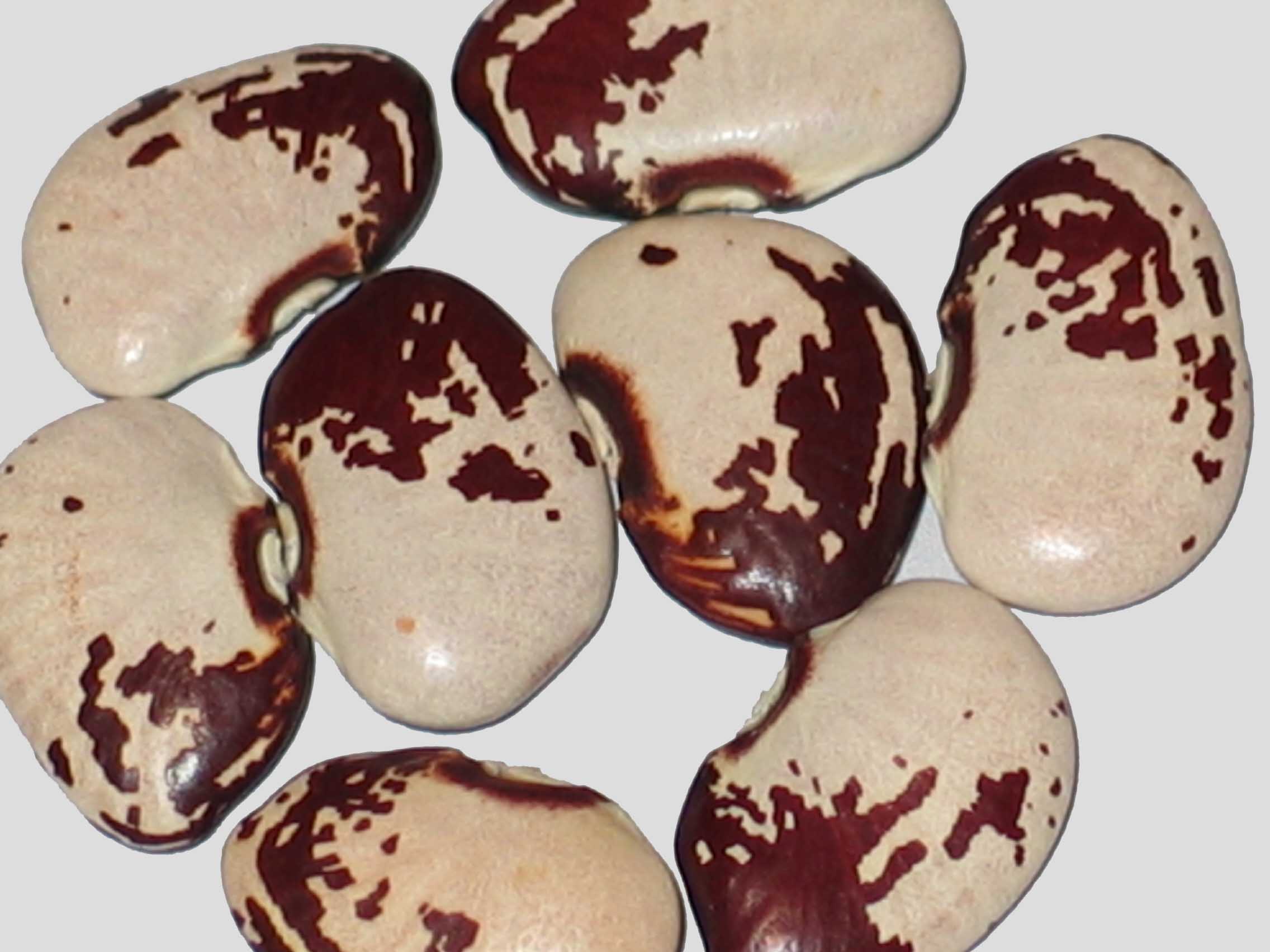
J. Carroll’s West Virginia
Grown In '17,'18 & 2024
Pole Lima. Have you ever seen the movie October Sky? Based on a true story of Homer Hickman and his gang of Rocket Boys in high school in Coal City, WV. Homer does go on to become a NASA rocket engineer played by actor Jake Gyllenhaal. One of Homer's Rocket Boy friends is Jimmy O'dell Carroll. It is my understanding that actor Jake Gyllenhaal has a family heirloom lima that he names J.Carroll's West Virginia. After one of Coal City, WV original Rocket Boys.
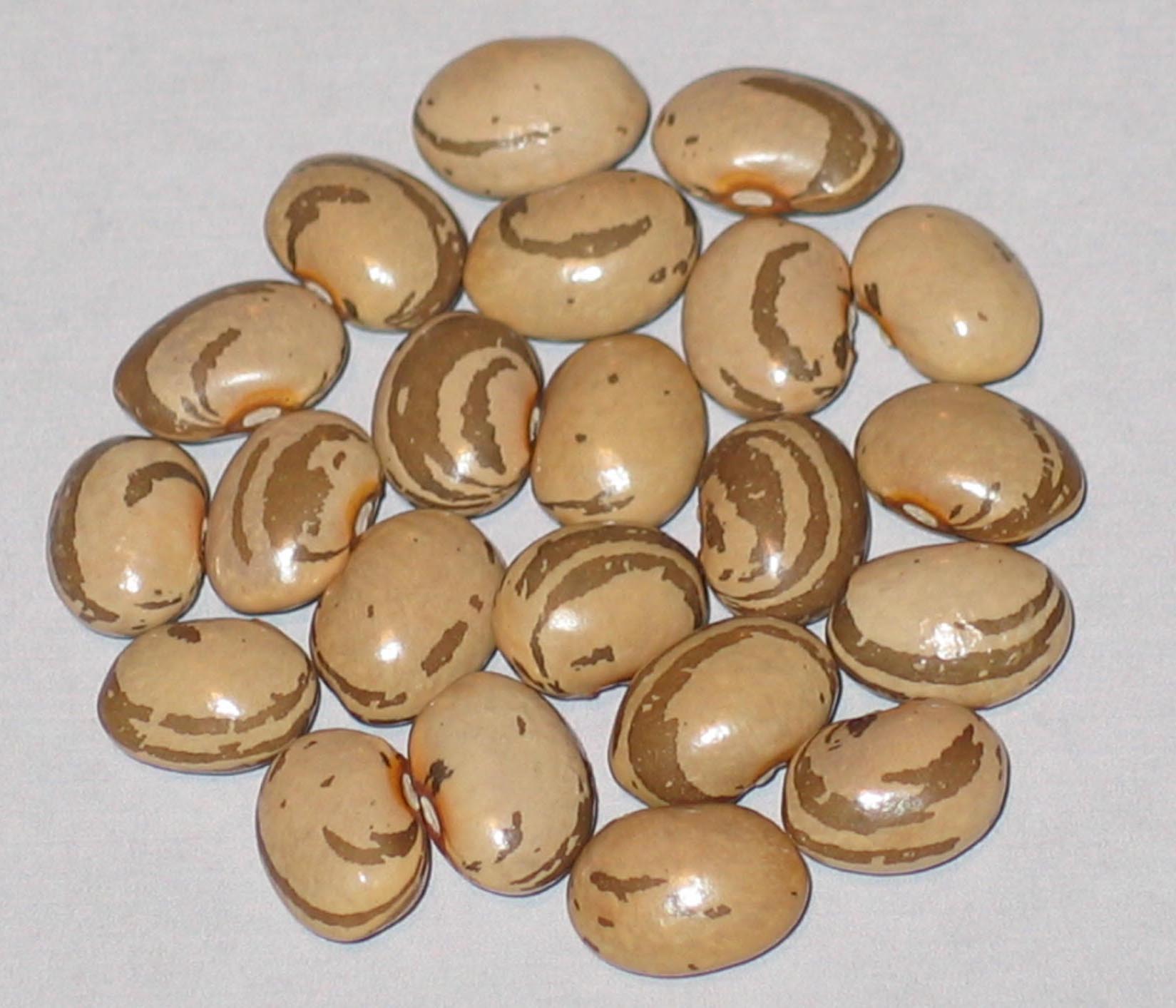
Jack In The Beanstalk
Grown In '21 & 2023
Pole Dry. I could not find any information about this variety. Nothing about it's origin or any other information. Grown by and donated to me by Artur Kobylecki of Kielce, Poland 2021.
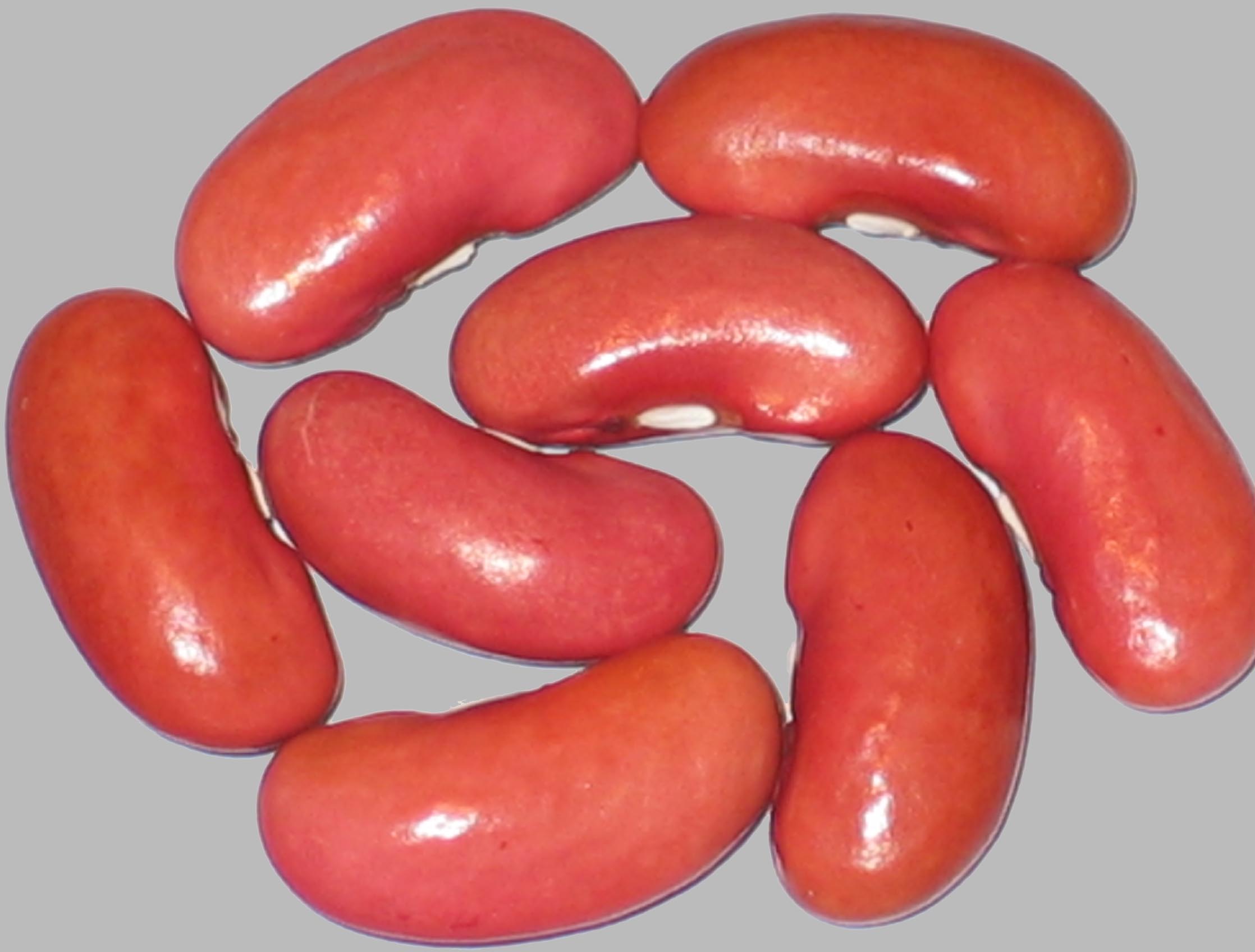
Jack Rabbit Kidney
Grown In ’16 & 2021
Bush Dry. This bean was in Robert Lobitz's bean collection. I don't believe it's one of Robert's original named beans. I did an internet search once and found a brand of packaged dry beans called "Jack Rabbit". I saw also packaged "Jack Rabbit Kidney" beans. I am of the assumption that Robert grew some of those beans in those packages. This bean appears on a list of his collected beans but never appears on a list of his named beans. I had obtained 5 seeds of Jack Rabbit Kidney from the USDA seed bank in Pullman, Washington and grew them in 2016.
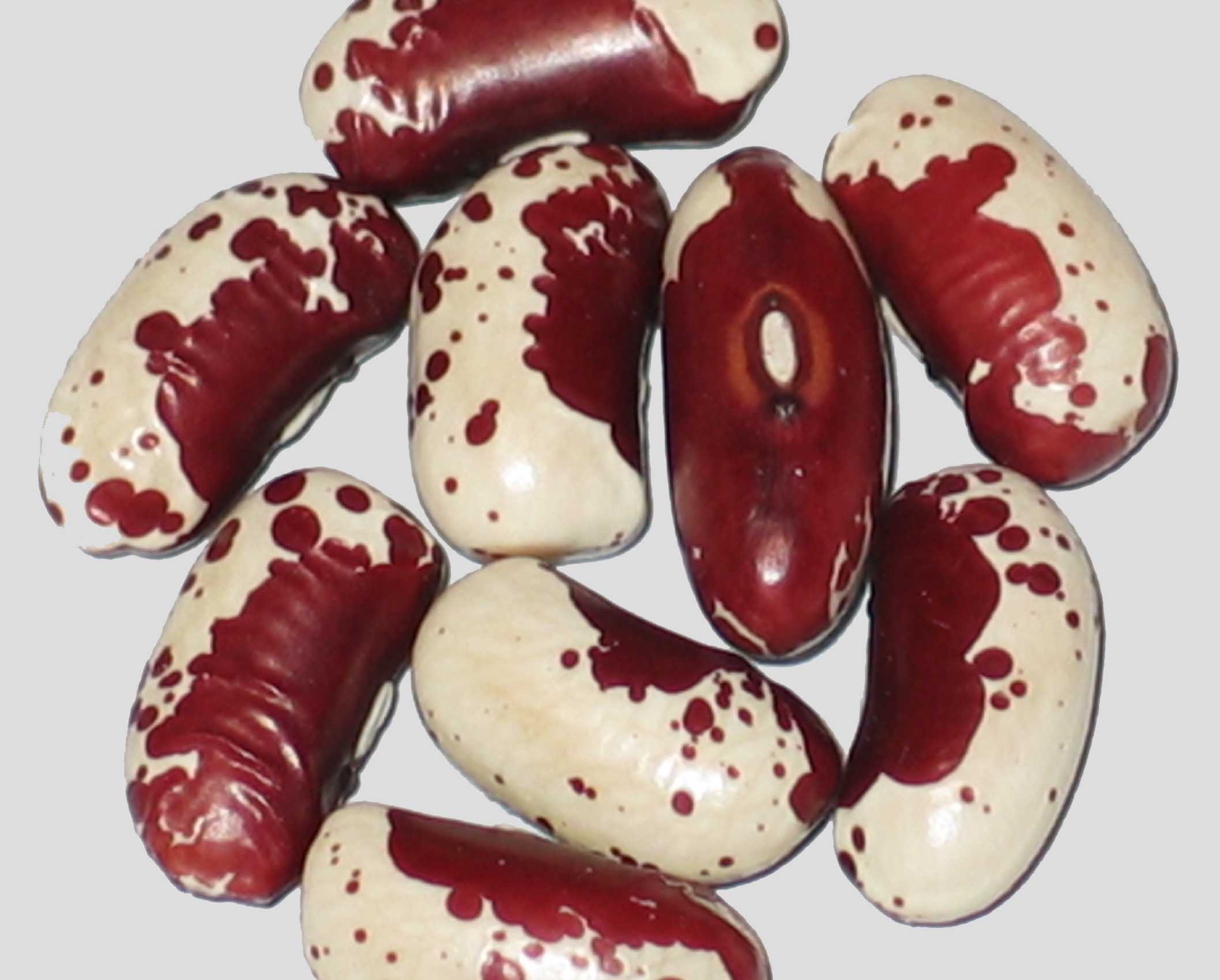
Jacob’s Cattle Gasless
Grown In ’17,'20 & 2022
Bush -Dry. Said to produce less flatuency when eaten than other beans. Otherwise same in growth and season as other strains of Jacob's Cattle. My seed donor of this bean is my Australian contact in Hobartville, New South Wales who donated this bean to me in 2013.
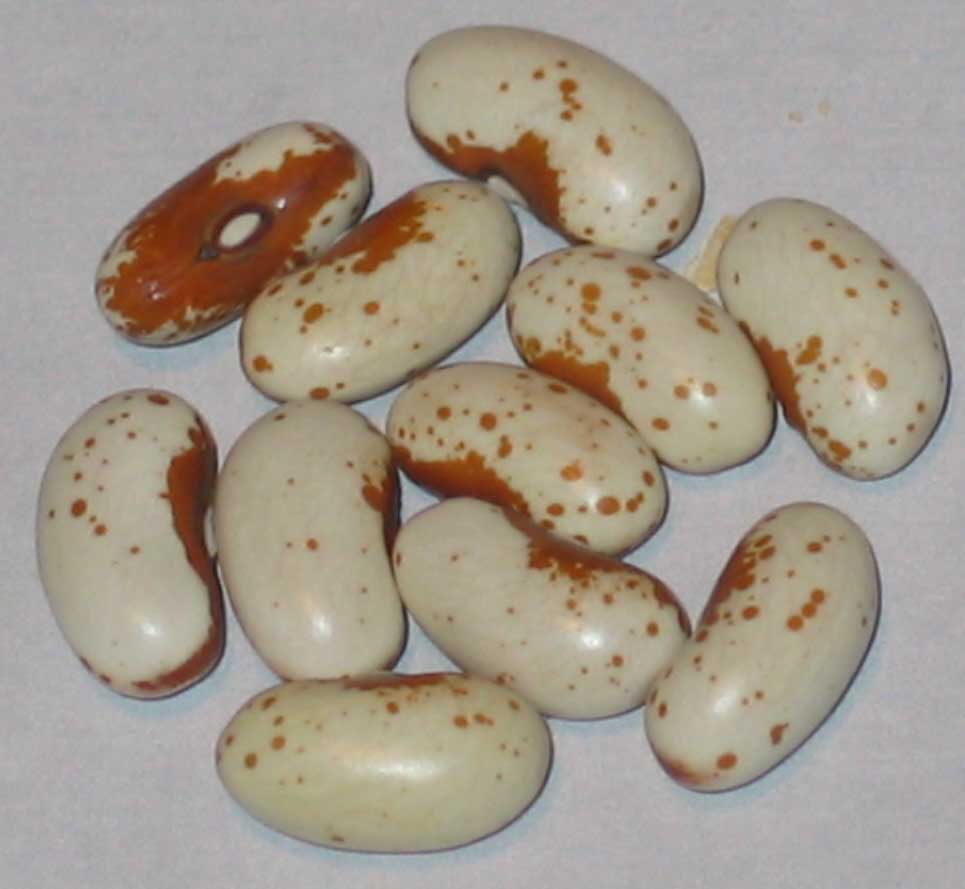
Jacob’s Cattle Gold
Grown In 2022
Bush -Dry. Similar in growth and season of maturity as Jacobs Cattle.
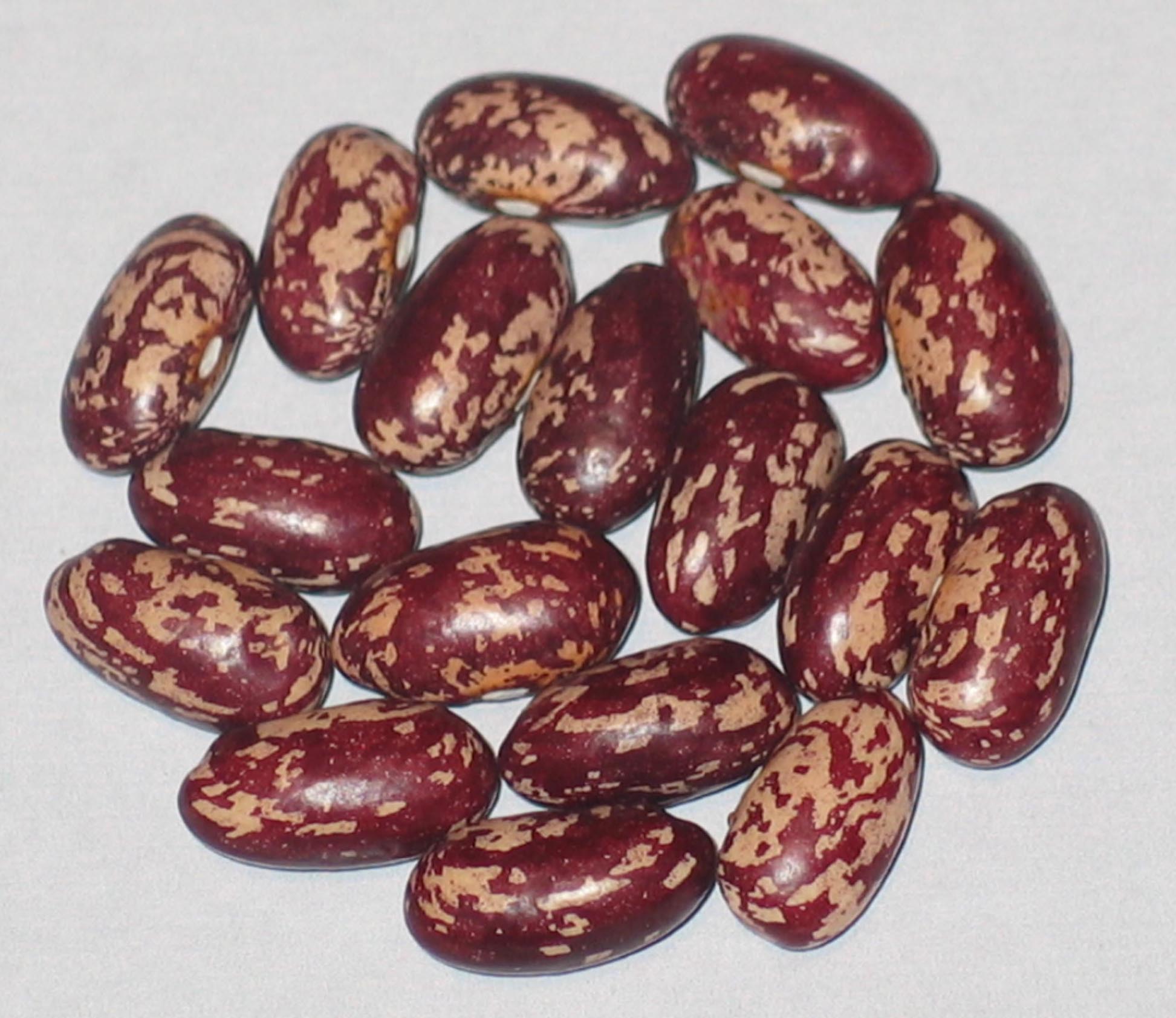
Jesse Fisk
Grown In ’21,'23 & 2024
Bush Dry. Pre-1740’s variety. The bean was brought originally by a Jesse Fisk who emigrated from England in the 1740’s to Charleston, New Hampshire. Productive and early. Seed was donated To Me by Bronwen Heinrich of Blyth, Ontario, Canada. Bronwen lives on a farm in Blyth with her husband and four children. She also has a website called The Secret Garden and her beautiful photos can also be found on Instagram.
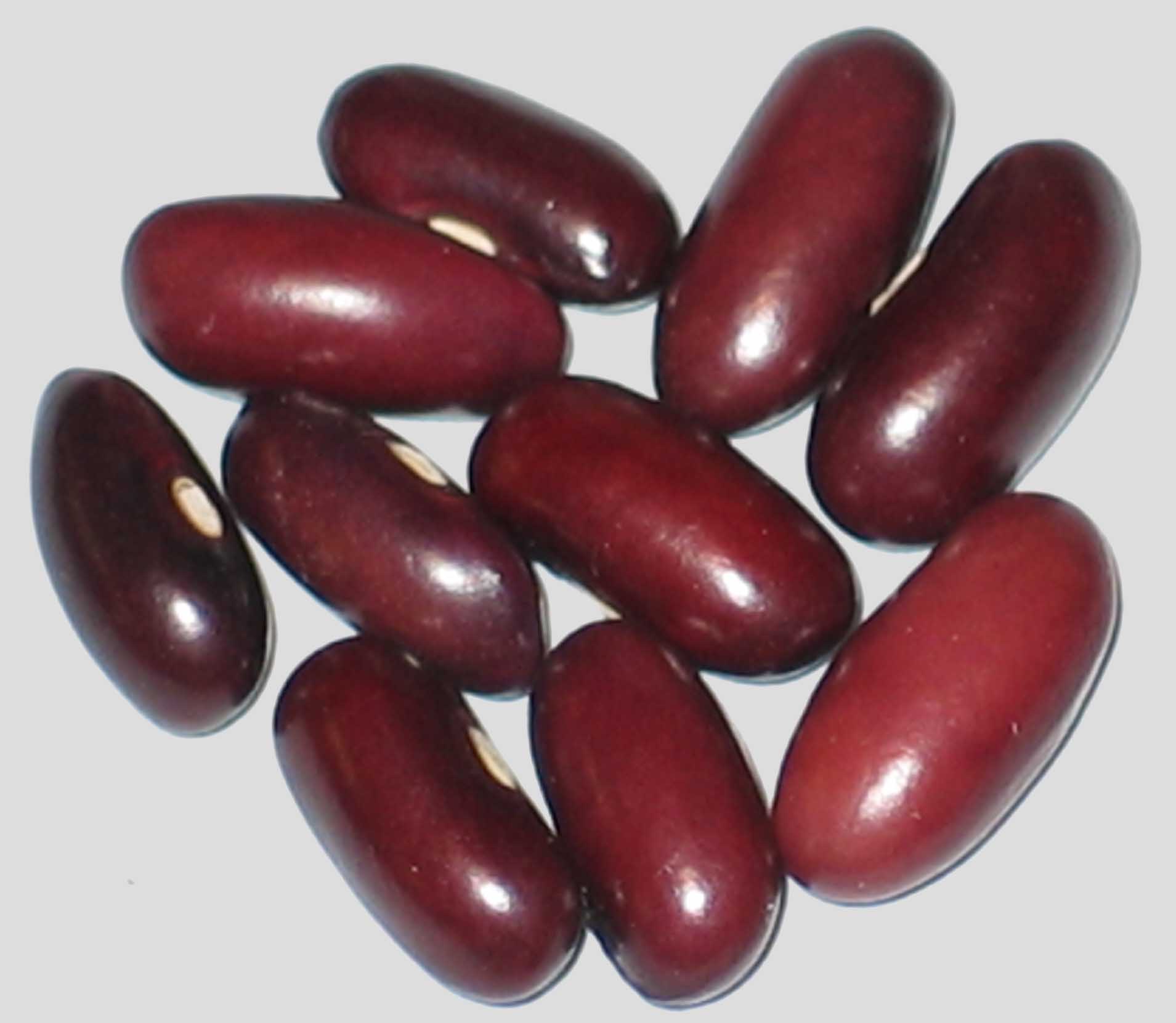
John’s Best
Grown In ’16,'21,'22 & 2023
Bush Snap. Stringless green pods. I first acquired this bean from John Withee's Wanigan Associates bean network around 1979 and listed it in the Seed Savers Exchange yearbook in 1982. John sent the bean to me as an extra one he wanted grown. Never listed in Wanigan's catalog or in Withee's original notes of his entire collection which I have a copy of thanks to SSE's librarian Bill Muser. Found a 1987 SSE yearbook listing of the bean by a then California member and he states "most productive and delicious snap bean I've ever grown".
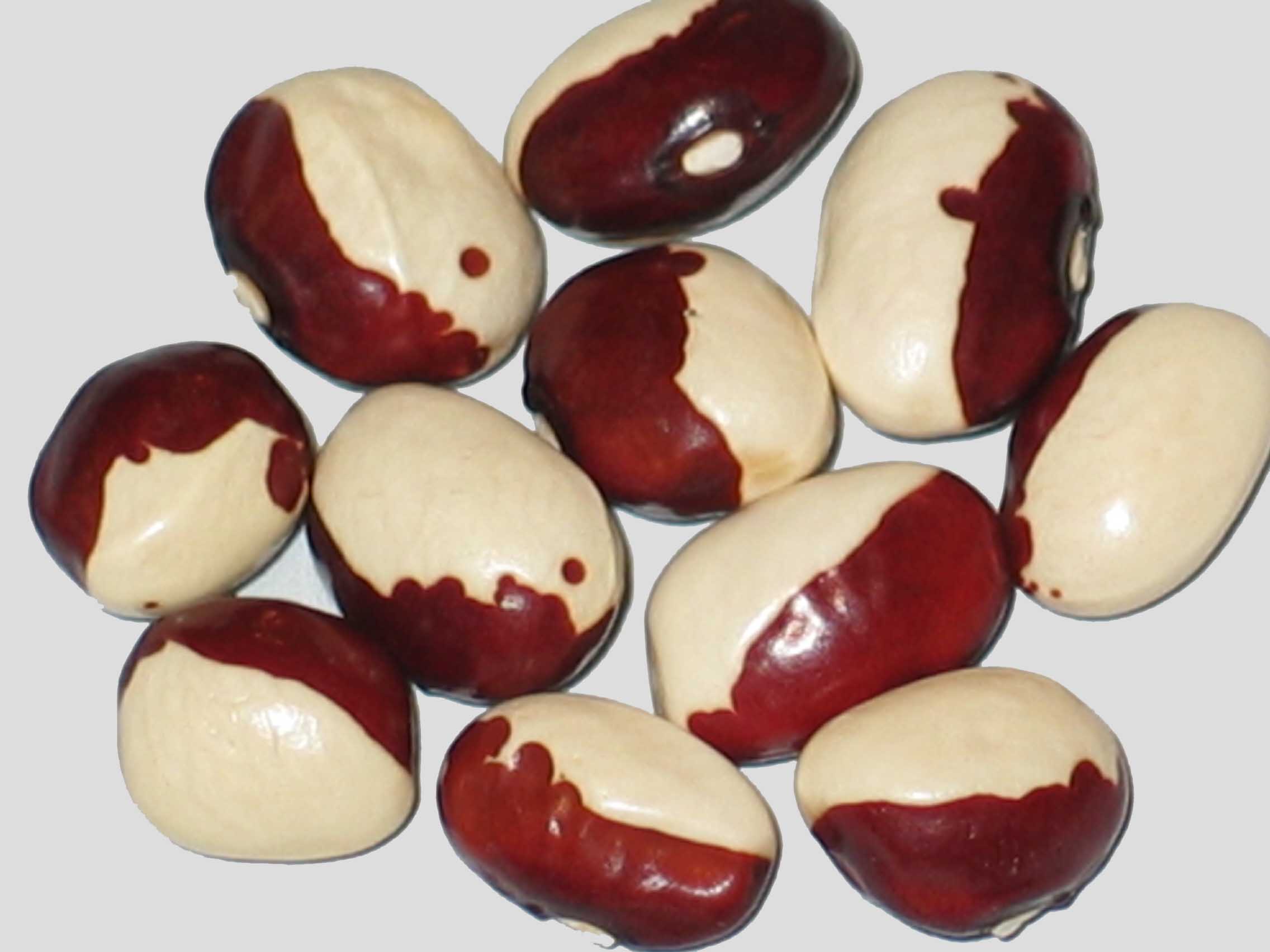
Joyce Fetterley’s Red & White
Grown In '18,'19 & 2024
Pole Dry. My seed donor is from Ann Arbor, Michigan. Highly productive 55 seeds to the ounce. Said to retain color when cooked.
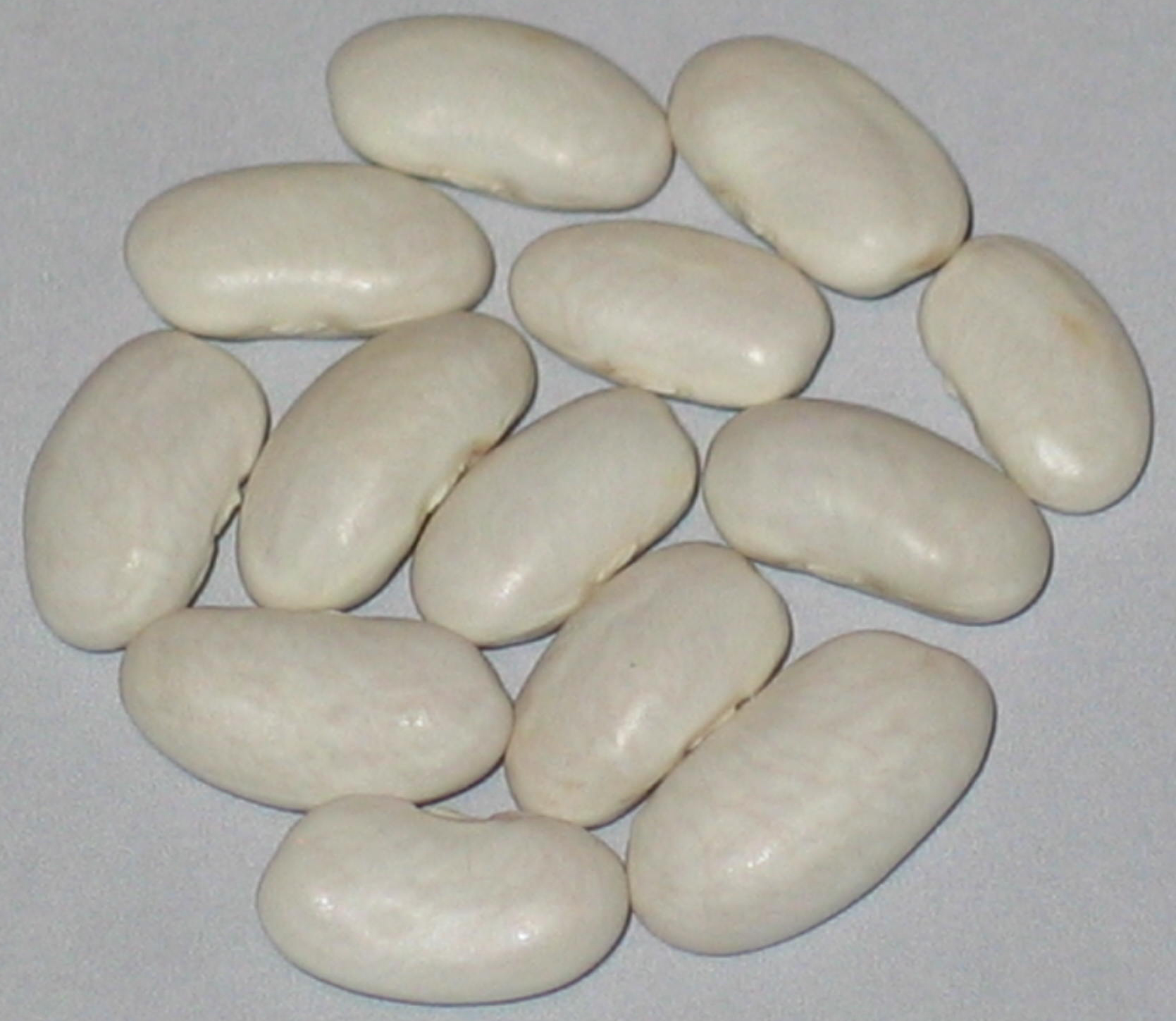
Kentucky Wonder White Seeded
Grown In 2018
Pole Snap. Seed donor from Potter Valley, California.
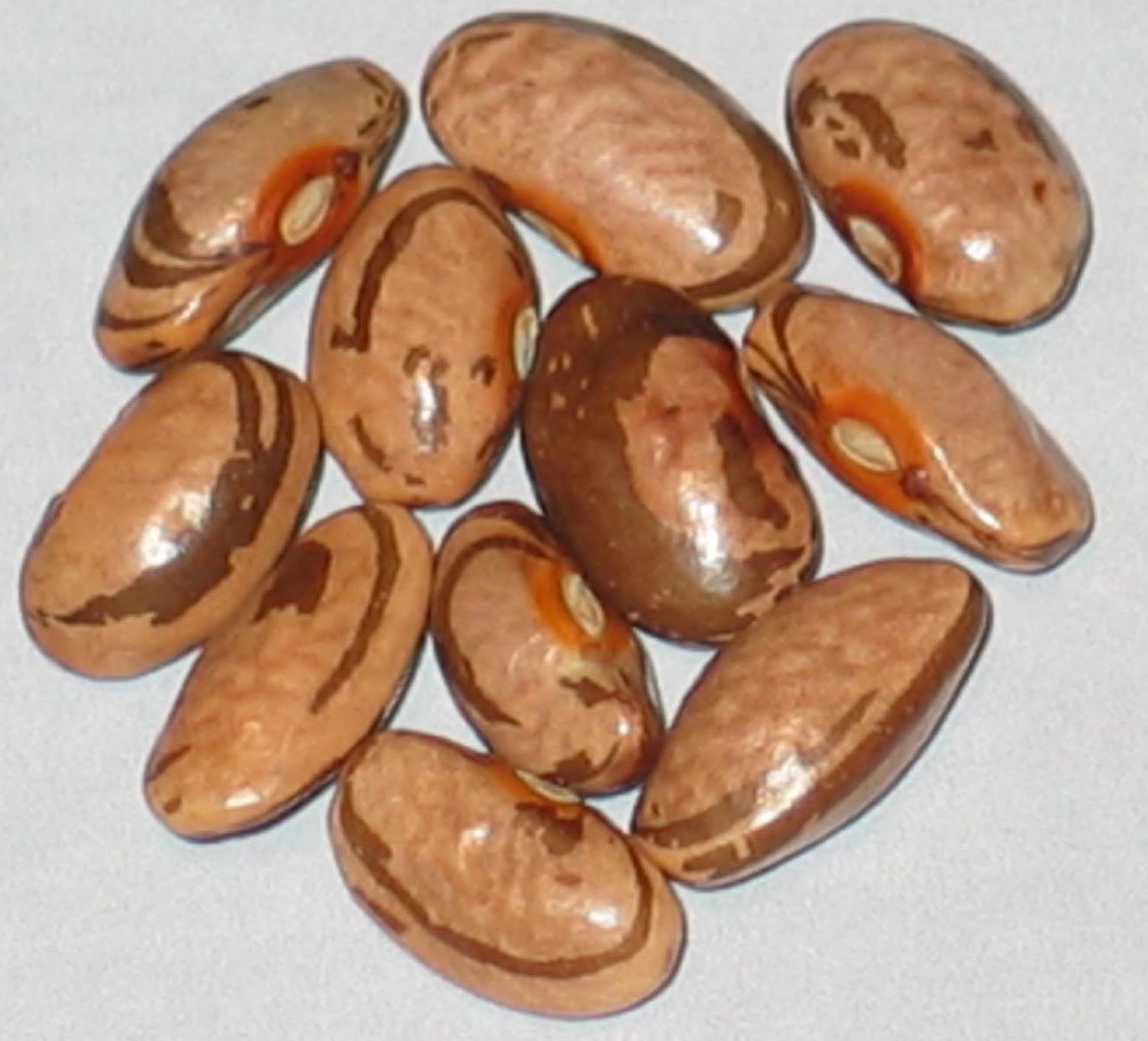
Kermit’s Smoky Mountain
Grown In '18 & 2023
Pole Snap. This historic bean variety was grown in the Smoky Mountains of Tennessee for five generations by the Caughron Family. Kermit Caughron, was the last man to live in the Smoky Mountain National Park, and this is his bean !
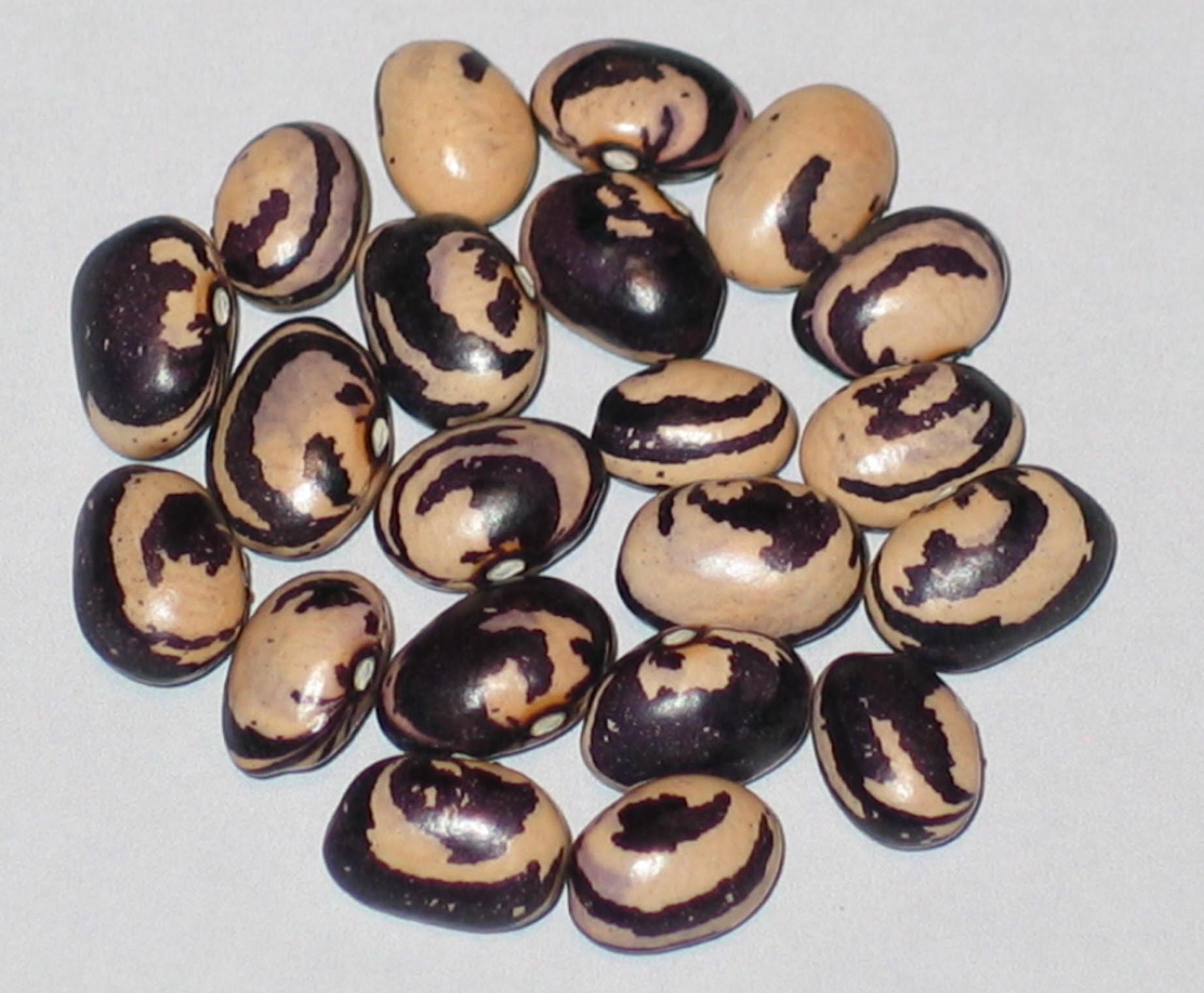
Kiagara Mame
Grown In 2024
Pole Dry. Also known as Kaimame. A native variety of Hokkaido, Japan. The name interpets into English as Shellfish Bean. It is currently grown in localized areas, which includes the town of Engaru in the Okhotsk region of Hokkaido. The bean was brought by settlers to Japan during the Hokkaido development period, under the Meiji government (1868 - 1912). Pods can be used fresh when young.
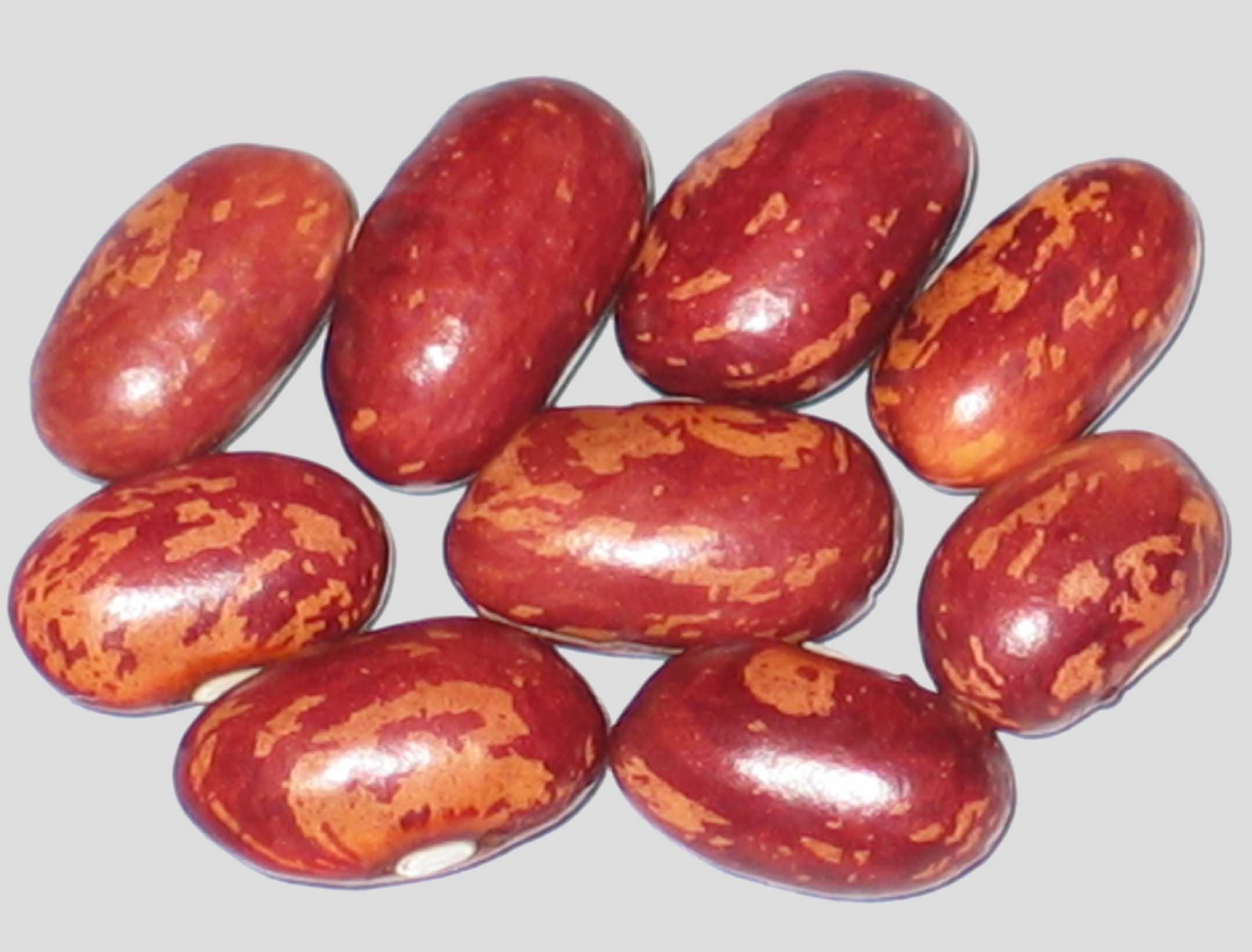
Kijimame 1
Grown In '18 & 2024
Bush Dry. Seed donor from Hobartville, New South Wales, Australia. Country of Origin Japan.
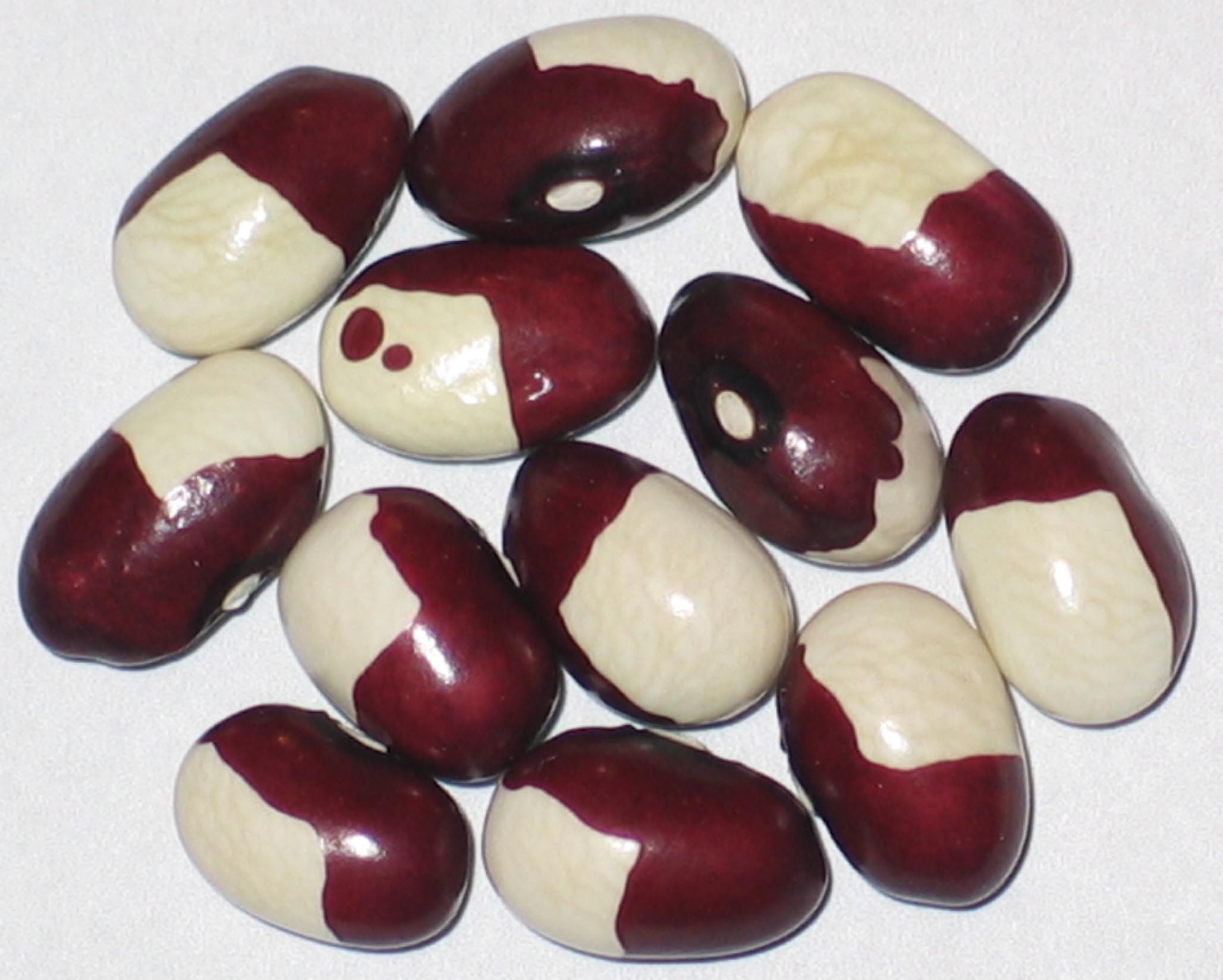
Kilham Goose
Grown In '18,'19 & 2022
Semi Runner Dry. Seed Donor was Amy Hawks E5 Ranch Simply Beans in Calhan, Colorado. They have since retired from seed selling.
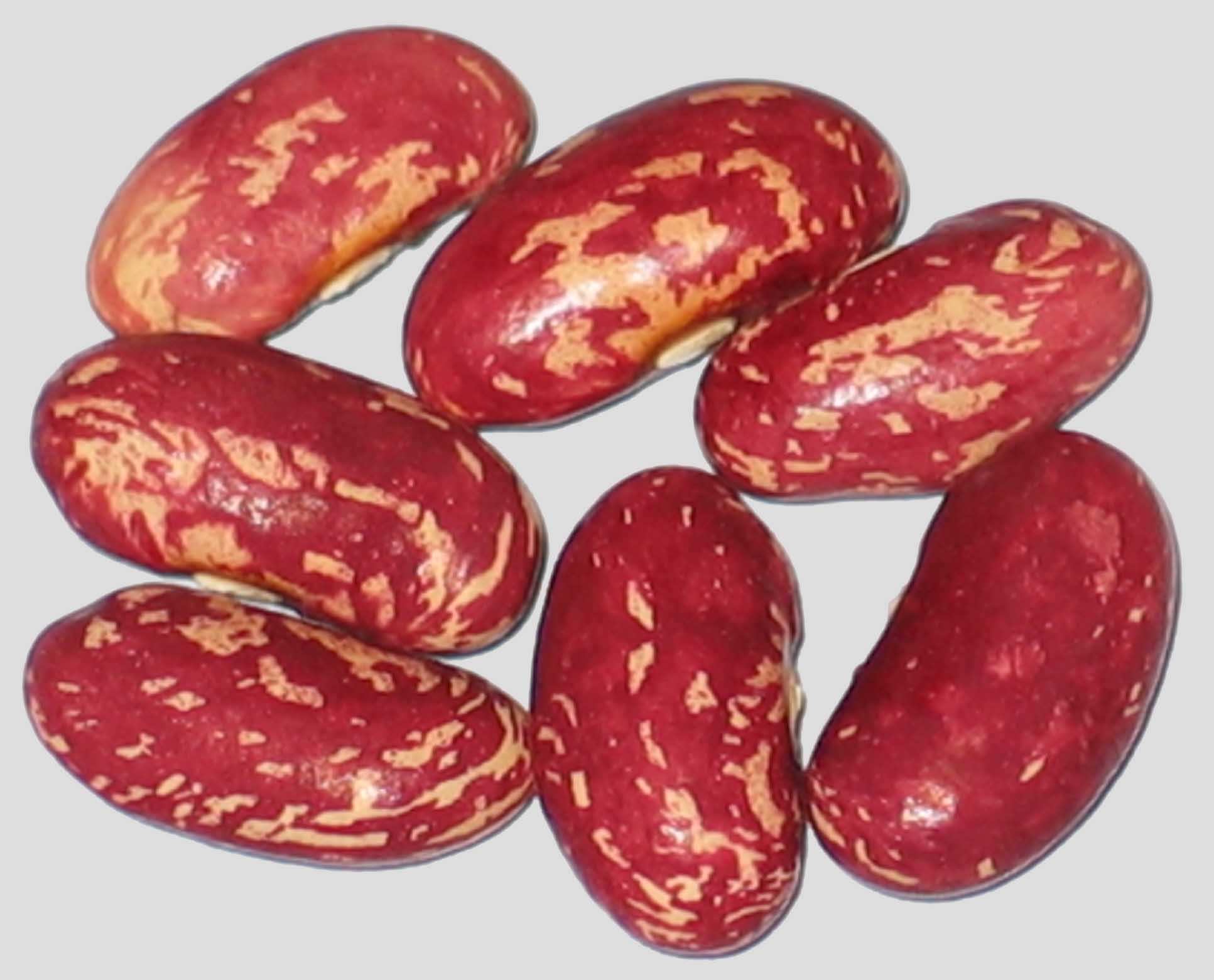
King Of The Earlies
Grown In ’21 & 2023
Bush Dry. Seems impossible to find the origin of this bean. King Of The Earlies used to be a synomym name for the black seeded snap bean Black Valentine. Some sources say the bean has been brought back from Maine seed saving families. That maybe the beans origin. My seed donor is Amy Hawk and her E5 Ranch, Calhan, Colorado which is no longer into seed sales of beans on her Simply Beans Website.
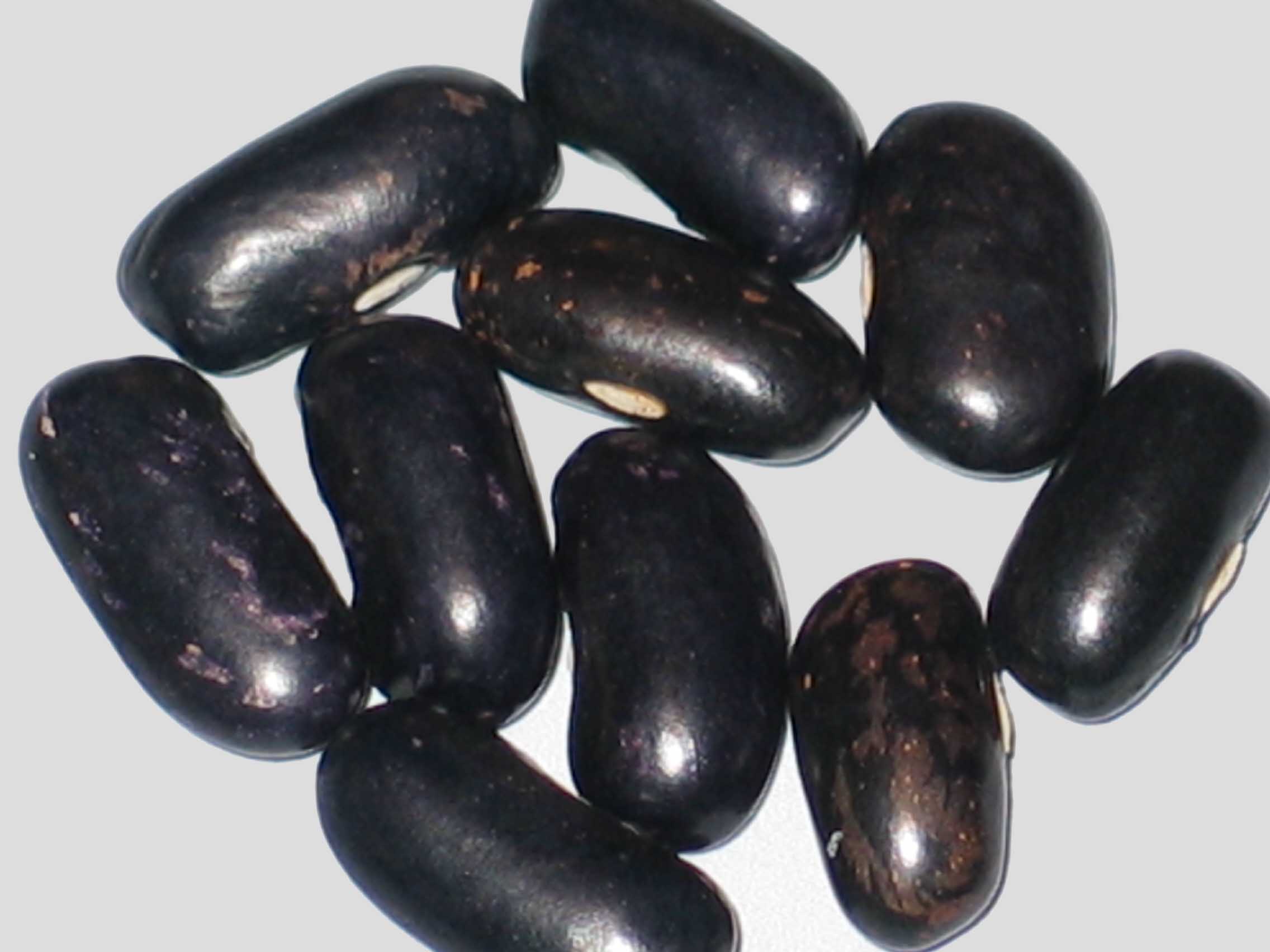
King’s Knight
Grown In '18,'21 & 2022
Bush Snap. Another Robert Lobitz original bean. He released this one through the Seed Savers yearbook in 1999. My original source for this bean is Peace Seedlings in Corvallis, Oregon 2015.
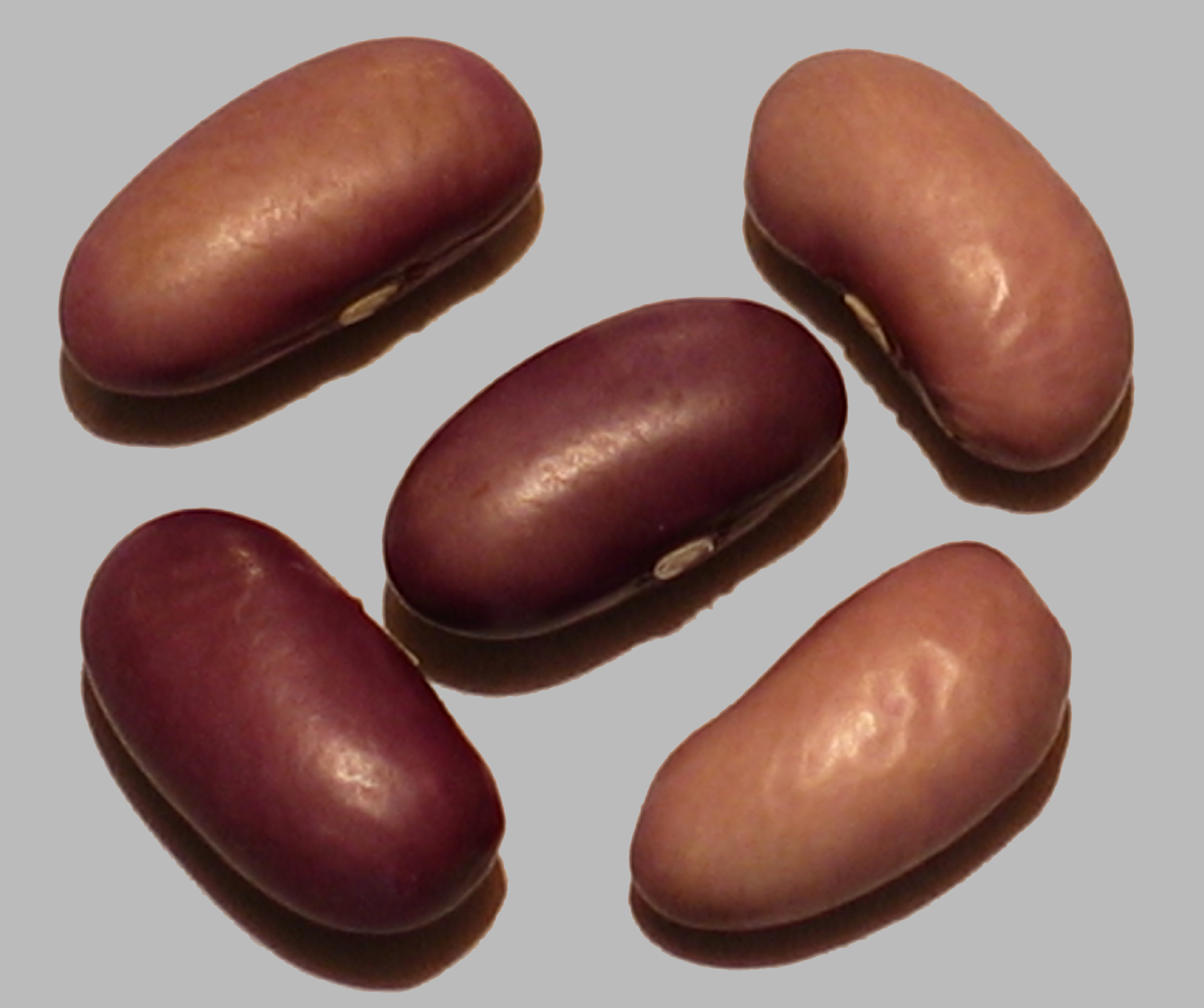
Kitoba
Grown In '18,'20 & 2023
Pole Dry. My seed donor of this bean is Stephen Smith originally from Guthrie, Kentucky. Country of origin Kenya.
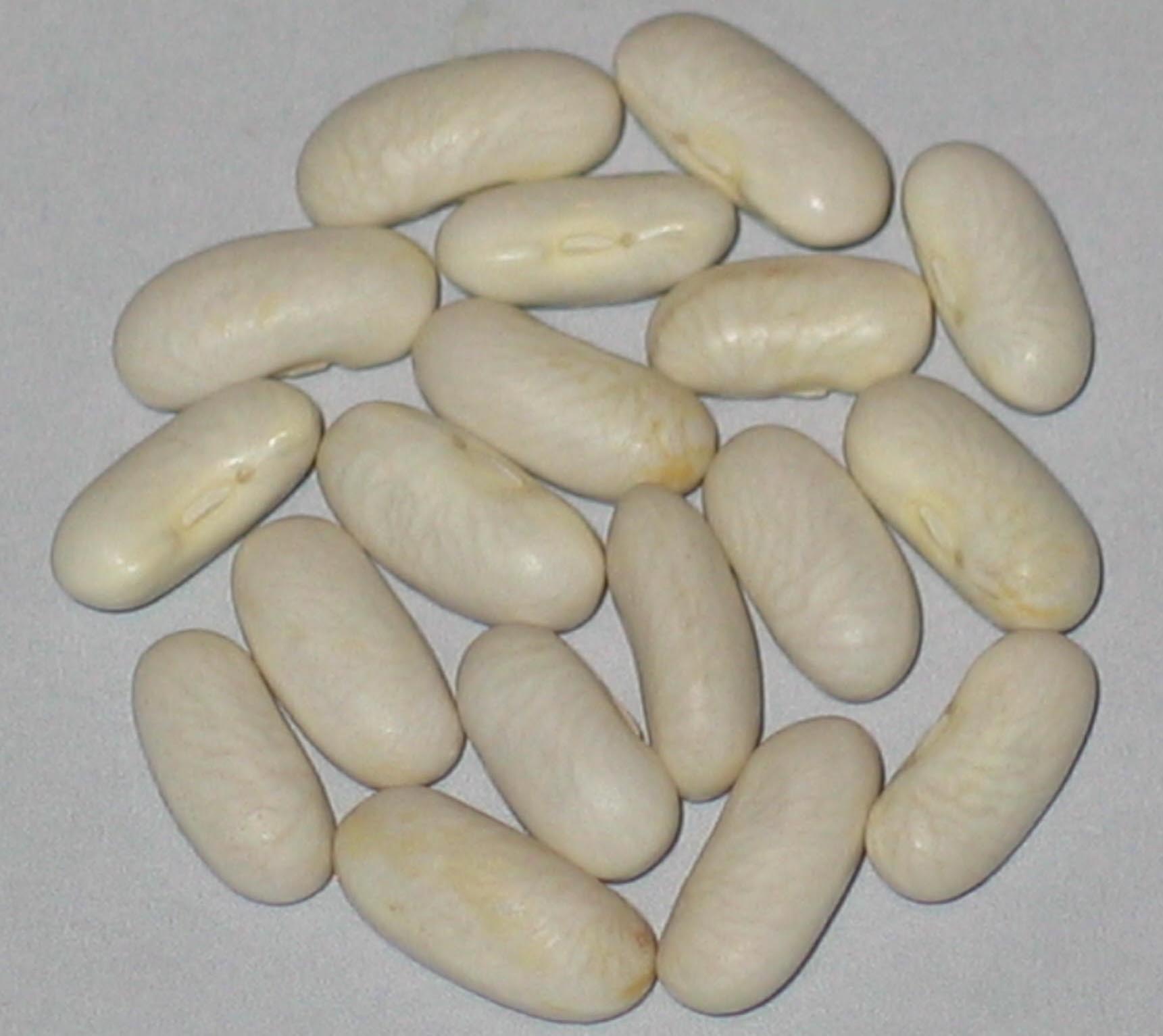
Kjoto
Grown In '18 & 2022
Pole Snap. My seed donor is from Drevhostic, Czech Republic 2020. Country of origin, Japan.
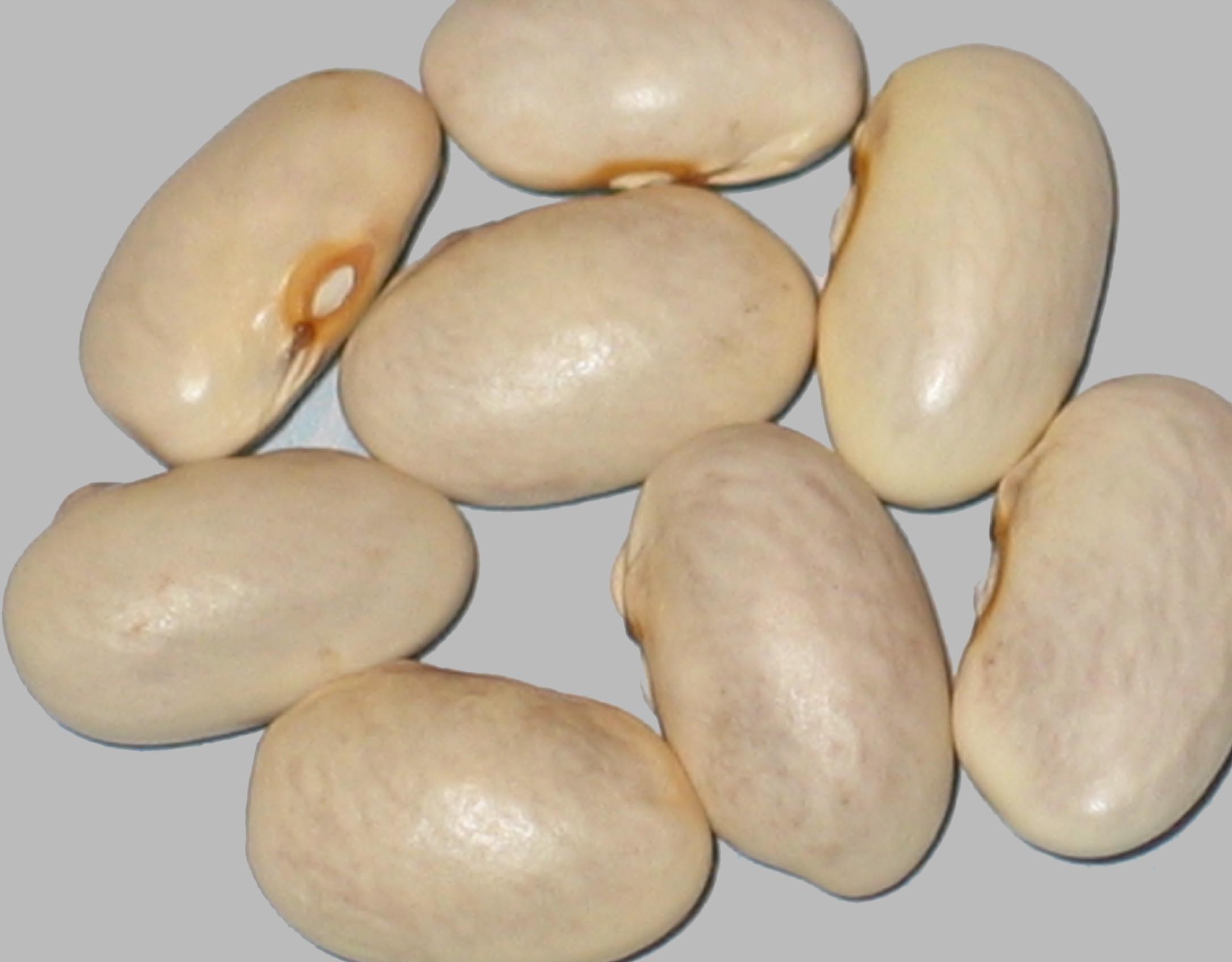
Koronis Cream
Grown in '16,'18 & 2022
Bush Dry. A Robert Lobitz original named and introduced bean. My seed source was Seed Savers Exchange, Decorah, Iowa.
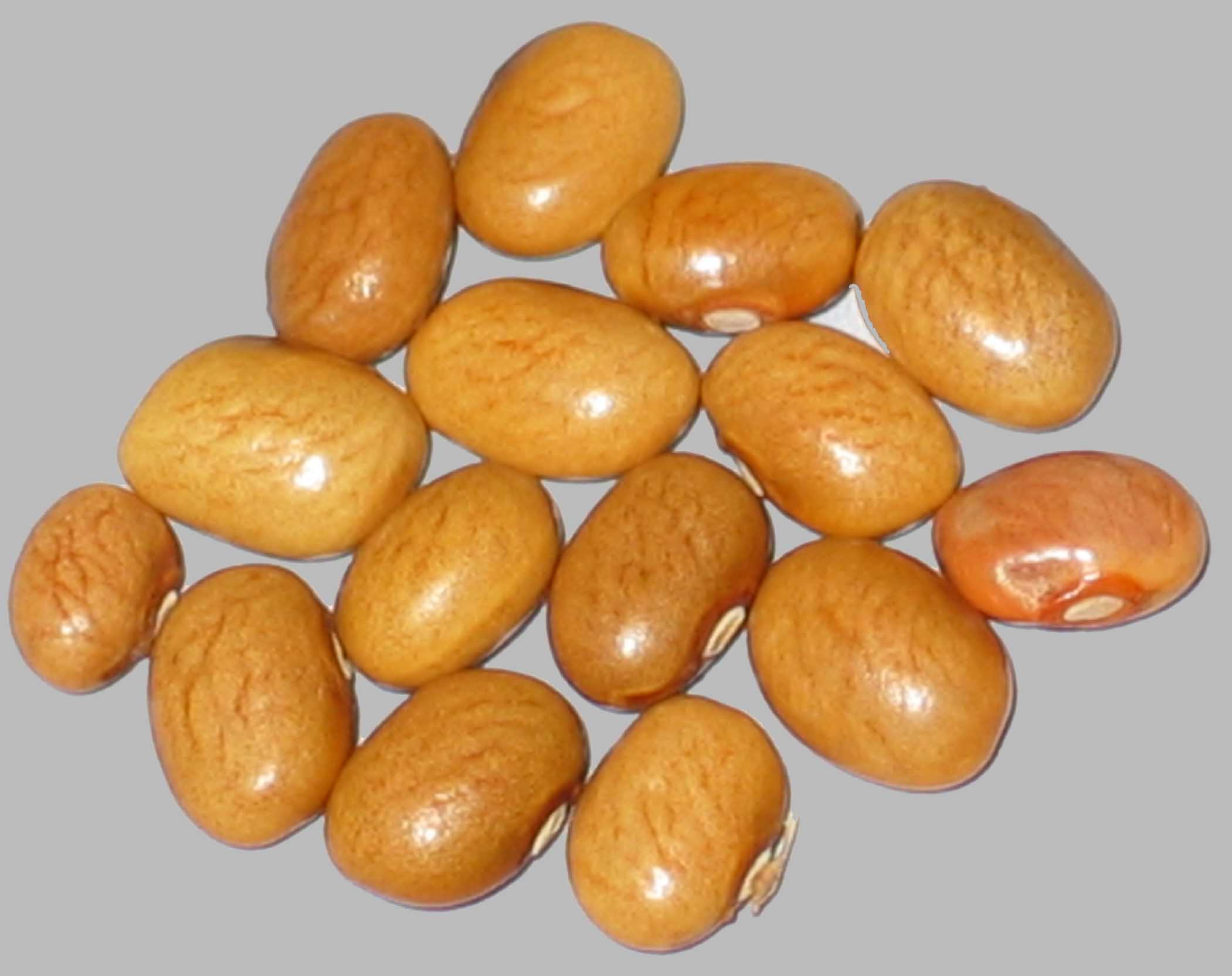
Koronis Gold
Grown In '16 & 2019
Bush Dry. A Robert Lobitz original named and introduced bean. My seed source was Will Bonsall Industry, Maine.
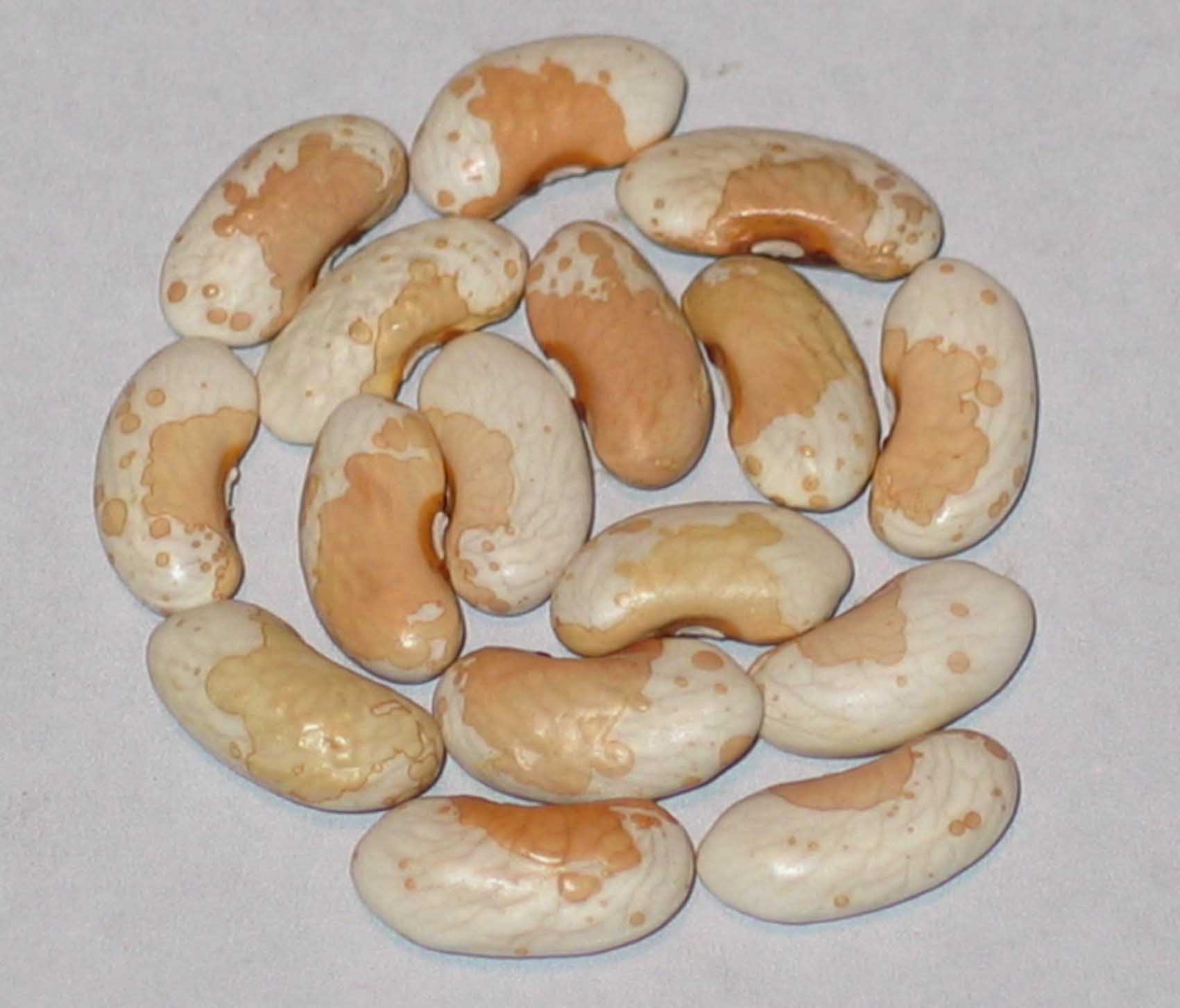
Koronis Tan Trout
Grown In '01, ‘20 & 2022
Bush Dry. A Robert Lobitz original named and introduced bean through the Seed Savers Exchange Yearbook. My seed donor is A.E. Bothwell of Alden, Michigan 2019.
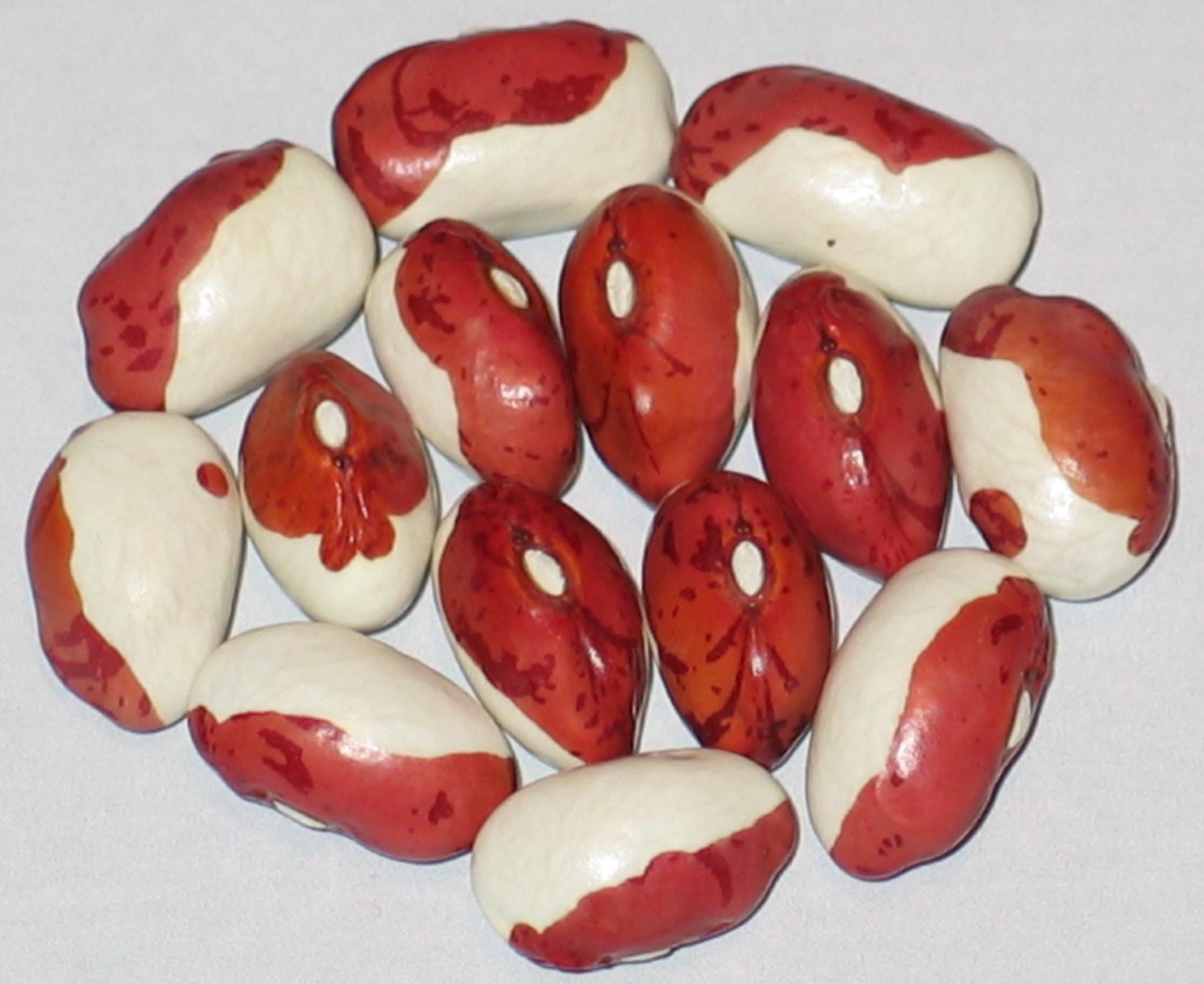
Krasavica
Grown In 2016
Bush Dry. My seed donor is from Drevhostic, Czech Republic, 2019.
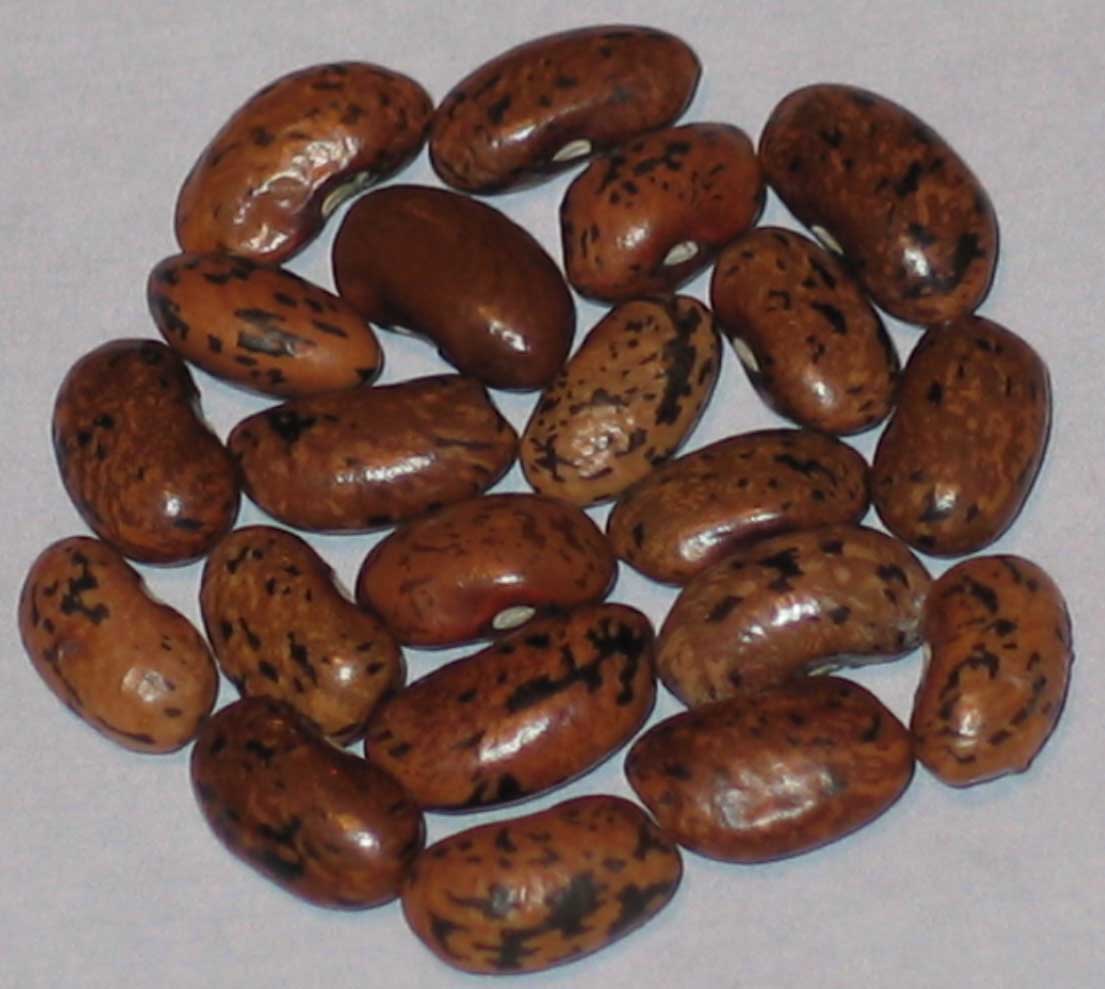
Krurger’s Speckled Caseknife
Grown In ?
Pole. Donated to Seed Savers Exchange Heritage Farm in 2004 by William Woys Weaver. He states the bean was developed by the German seed company Kruger Seed Company of Lubbenau, Germany pre-1860.
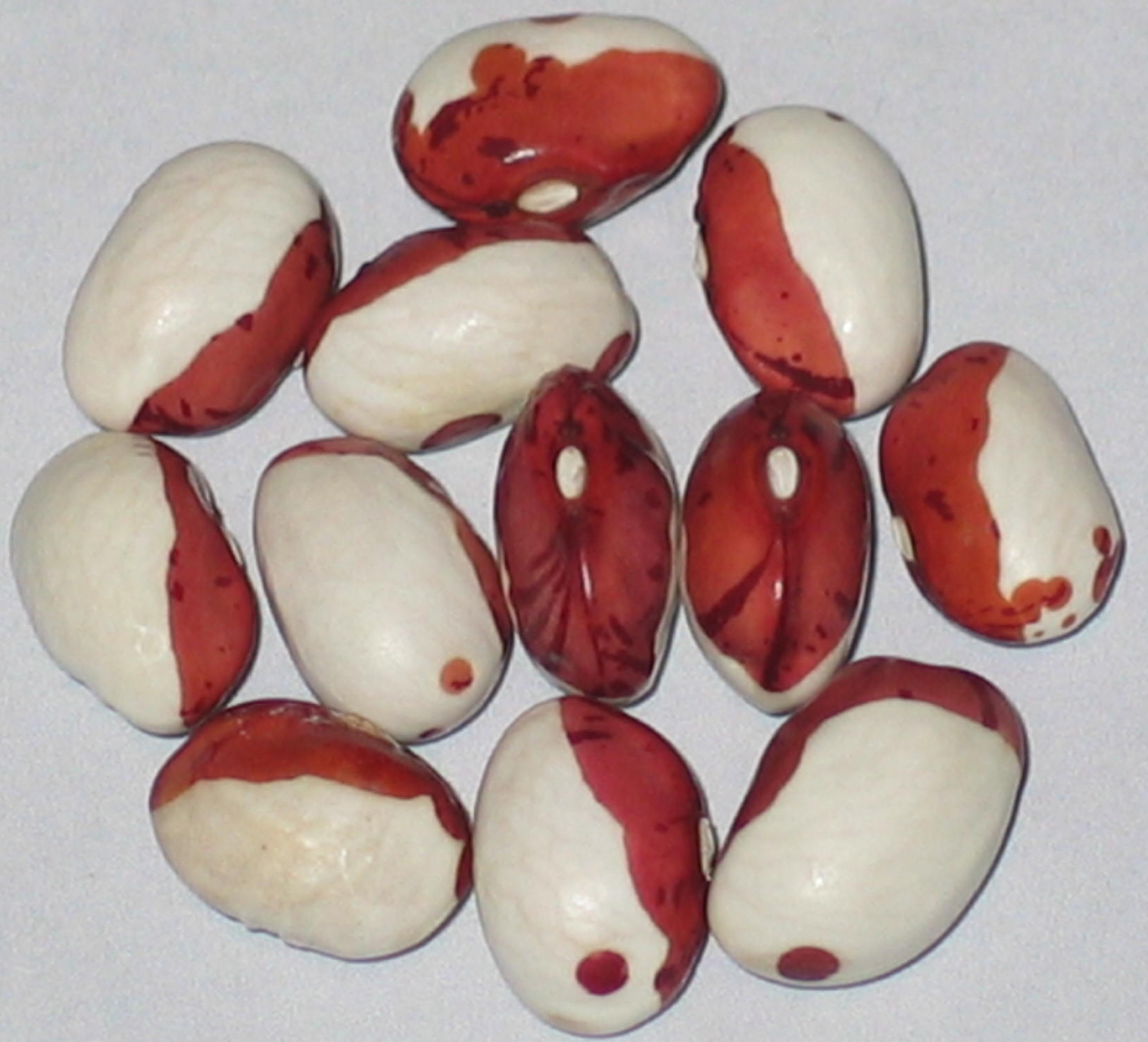
Kutasi Princess
Grown In 2016
Pole Dry. My seed donor was Jospeh Simcox in 2015. Country of Origin Eastern Georgia.
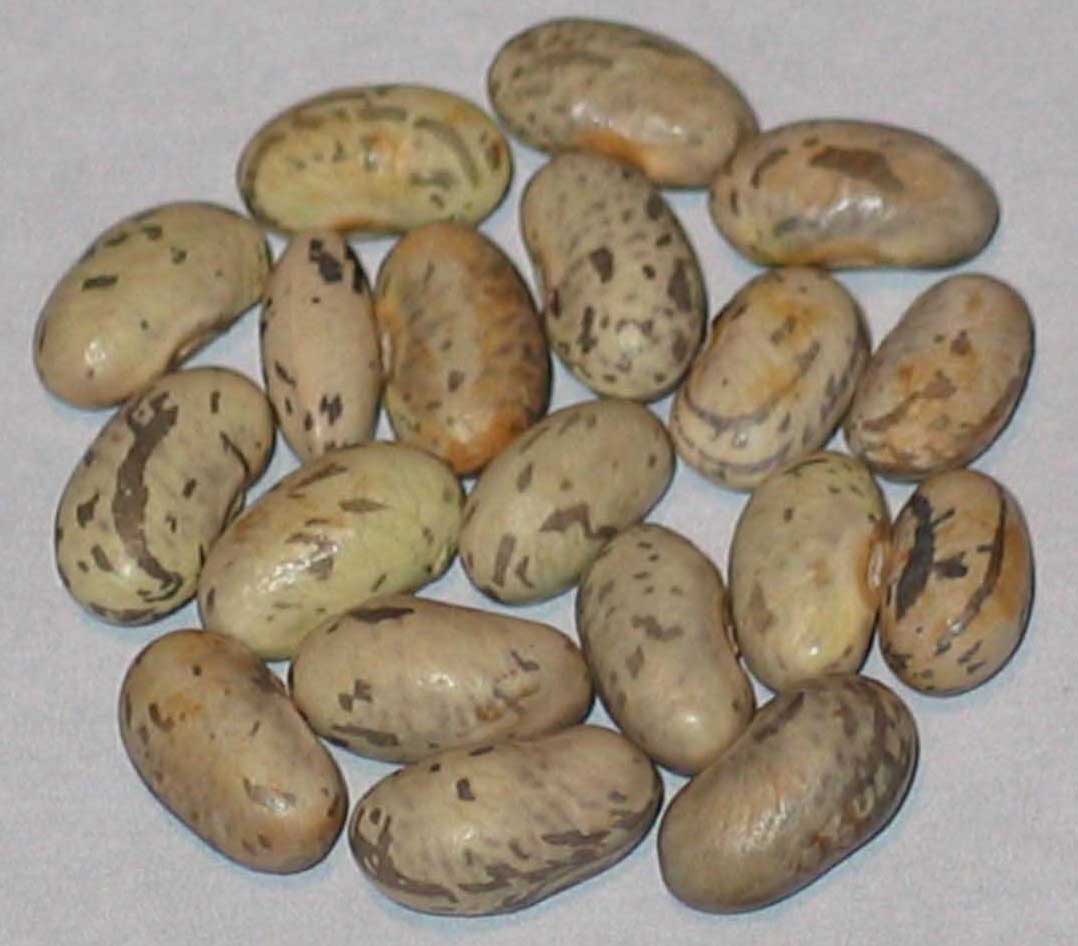
La Vigneronne
Grown In ?
Pole Snap. An old classic of the Swiss gardening culture. Stringless high yielding for freezing and drying. Full bodied bean flavor with pods up to nearly 10 inches long. My seed donor is Brynn Pailet of Lebanon, Tennessee 2018
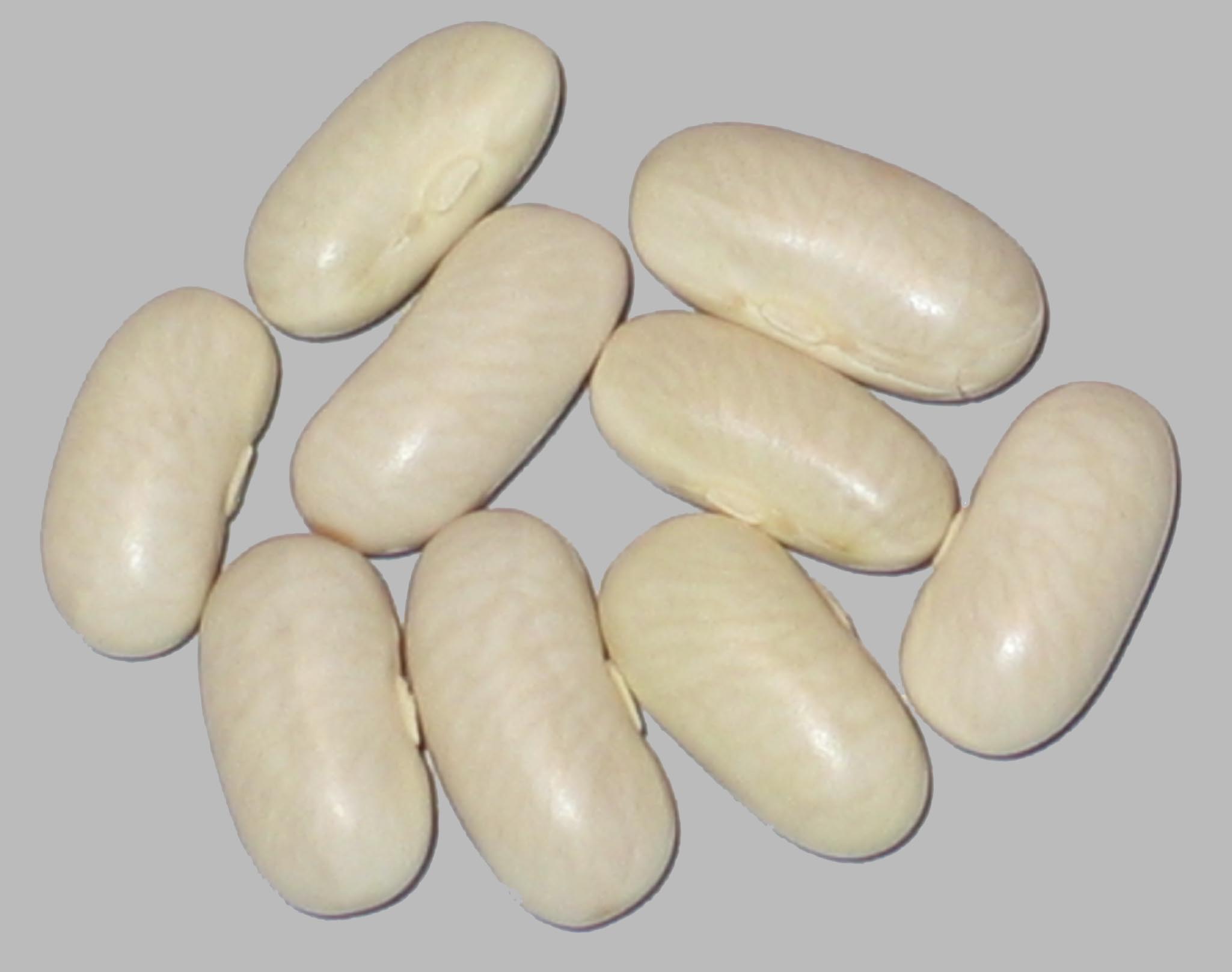
Label
Grown In ’16 & 2022
Bush Snap. More beans from the explorations of Joseph Simcox. Country of origin France.
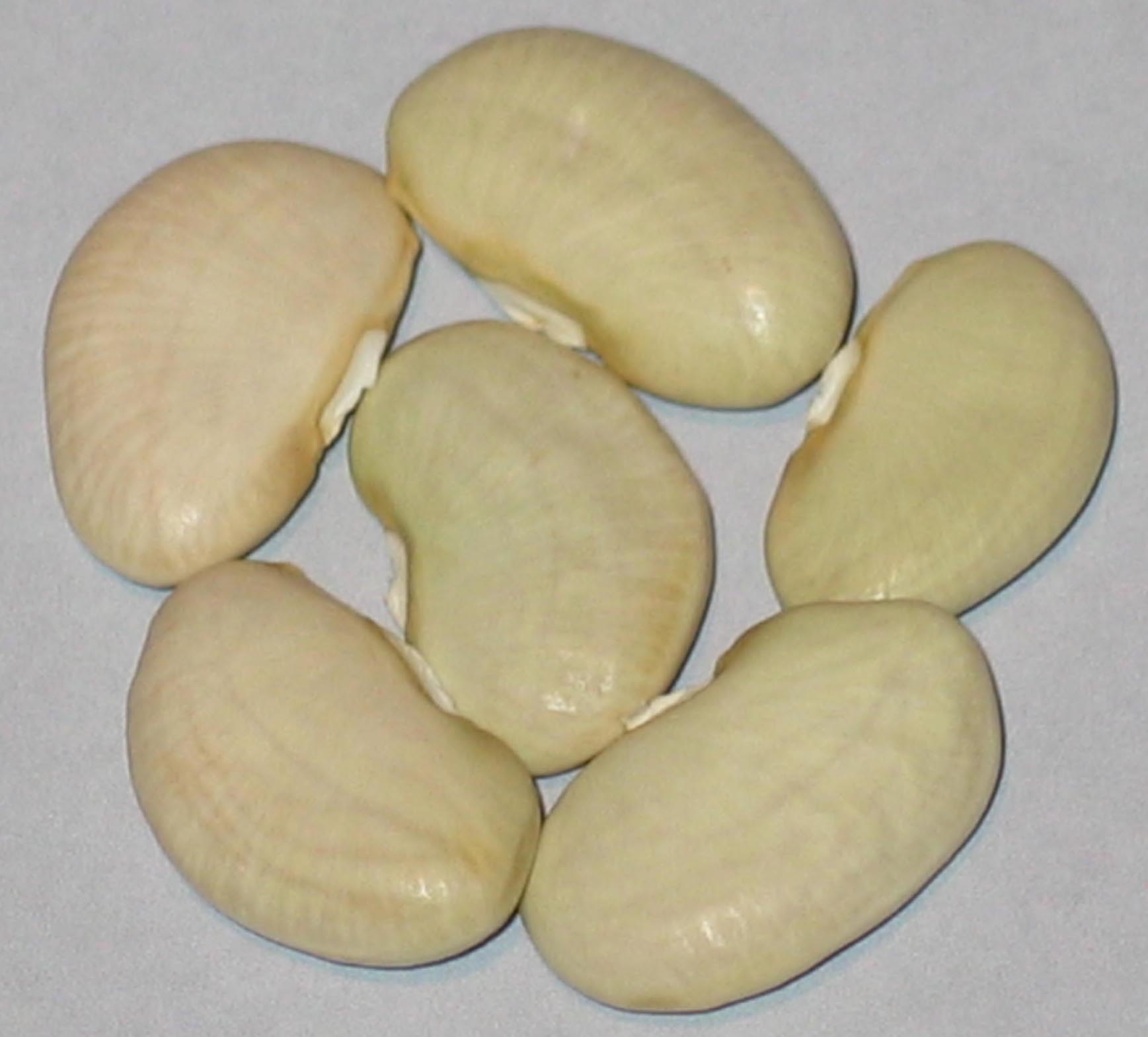
Lahrs
Grown In ?
Pole Lima. Seed donated to me by Curt Burroughs of Memphis, Missouri 2019. I believe Curt sourced this bean from the USDA seed bank in Pullman, Washington.
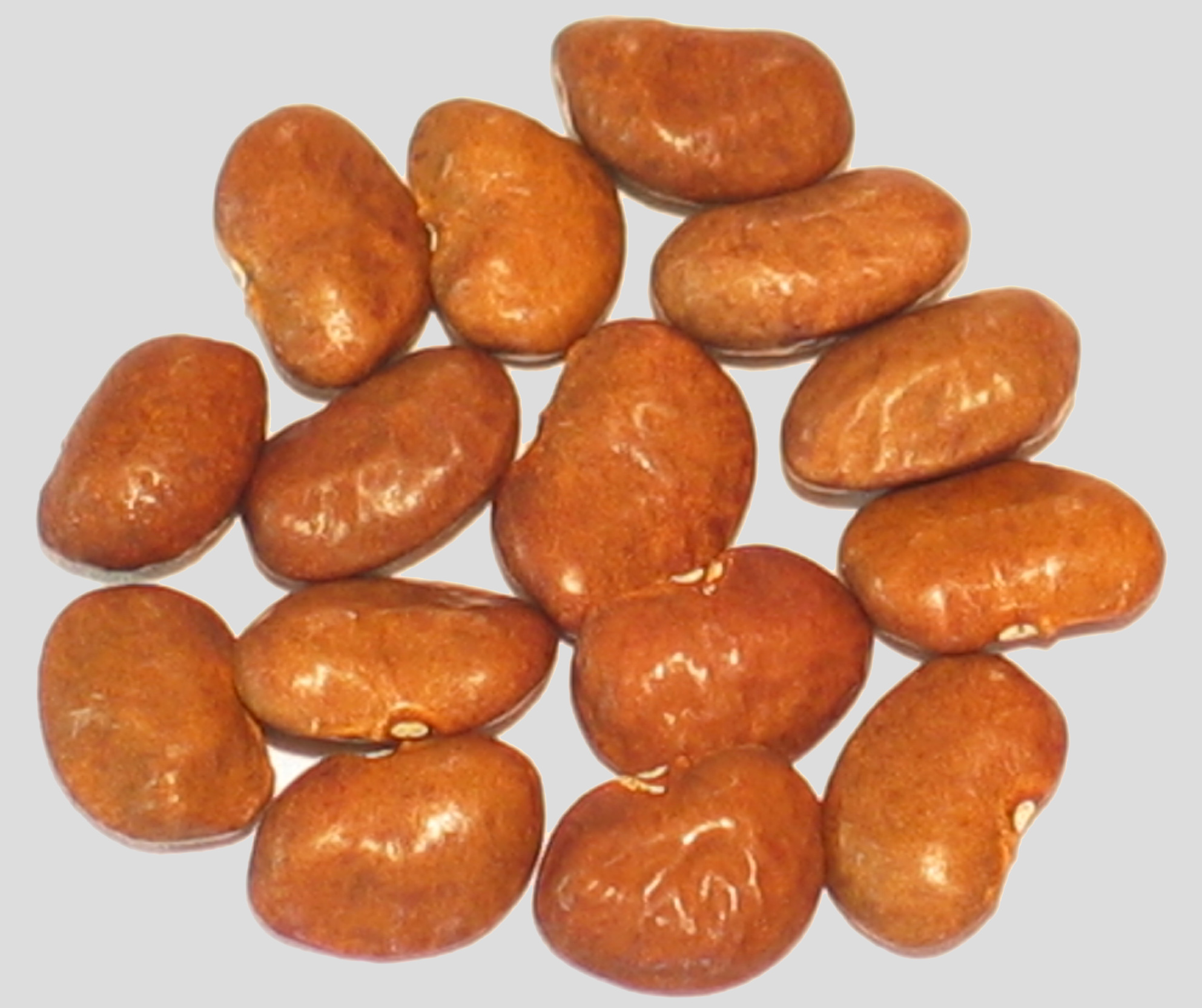
Large Chocolate Paivte Tepary
Grown In '13 & 2019
Bush Dry. Seed donated to me from Potter Valley, California. Desert adapted bean of the southwestern U.S.
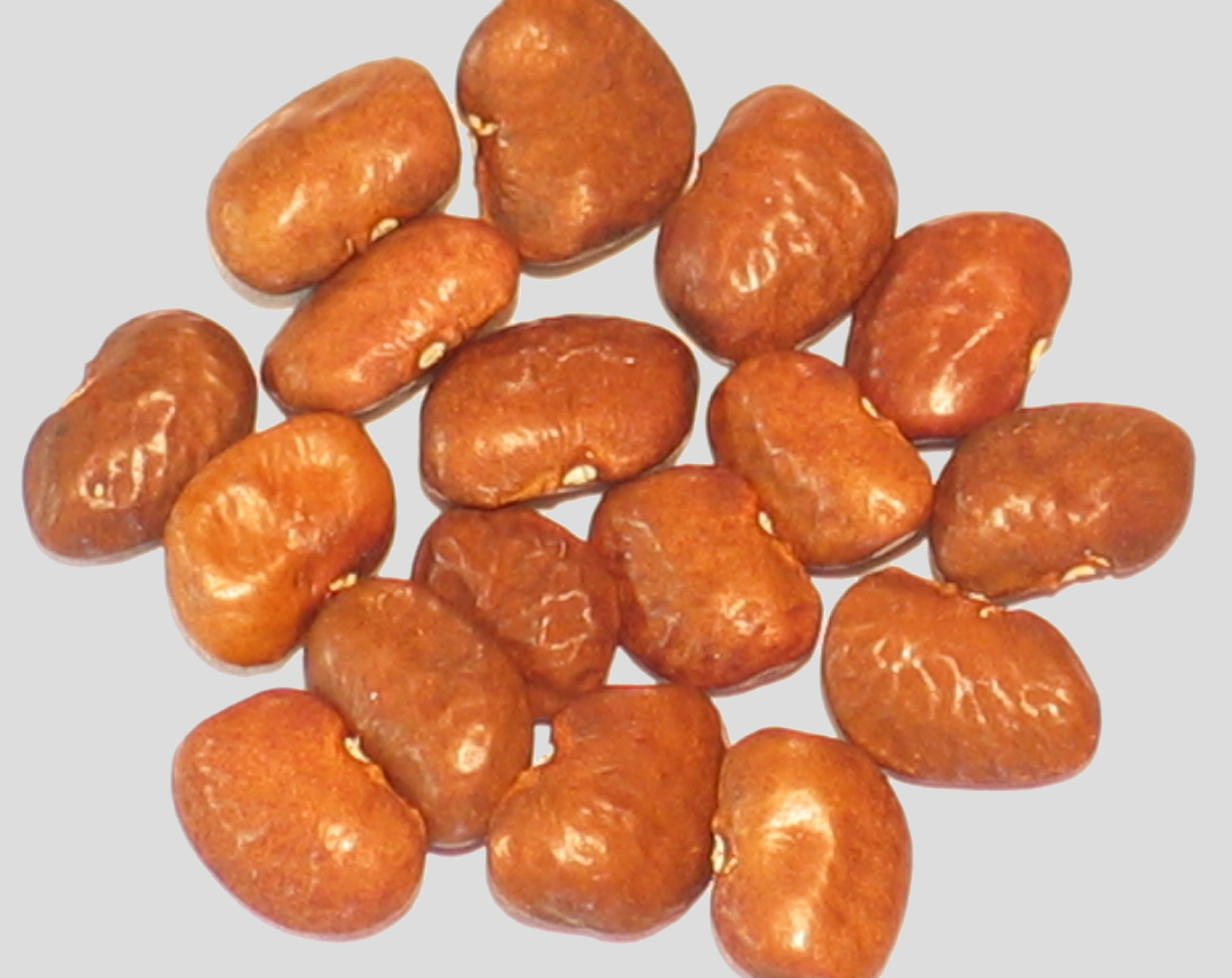
Large Chocolate Tepary
Grown In '18 & 2019
Bush Dry. Seed donated to me from Potter Valley, California. Desert adapted bean of the southwestern U.S.
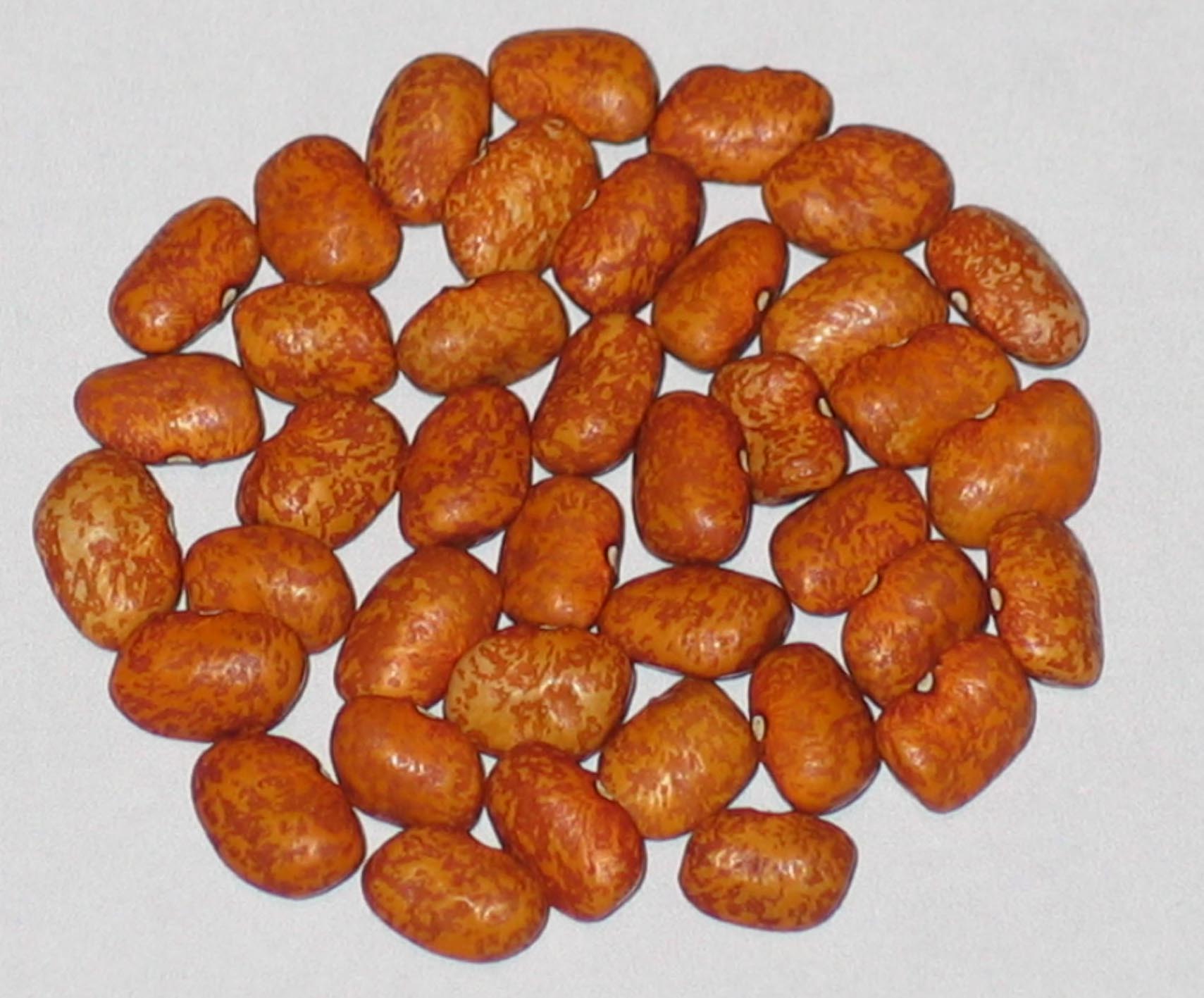
Large Orange Paivte Tepary
Grown In 2019
Bush Dry. Seed donated to me from Potter Valley, California. Desert adapted bean of the southwestern U.S.
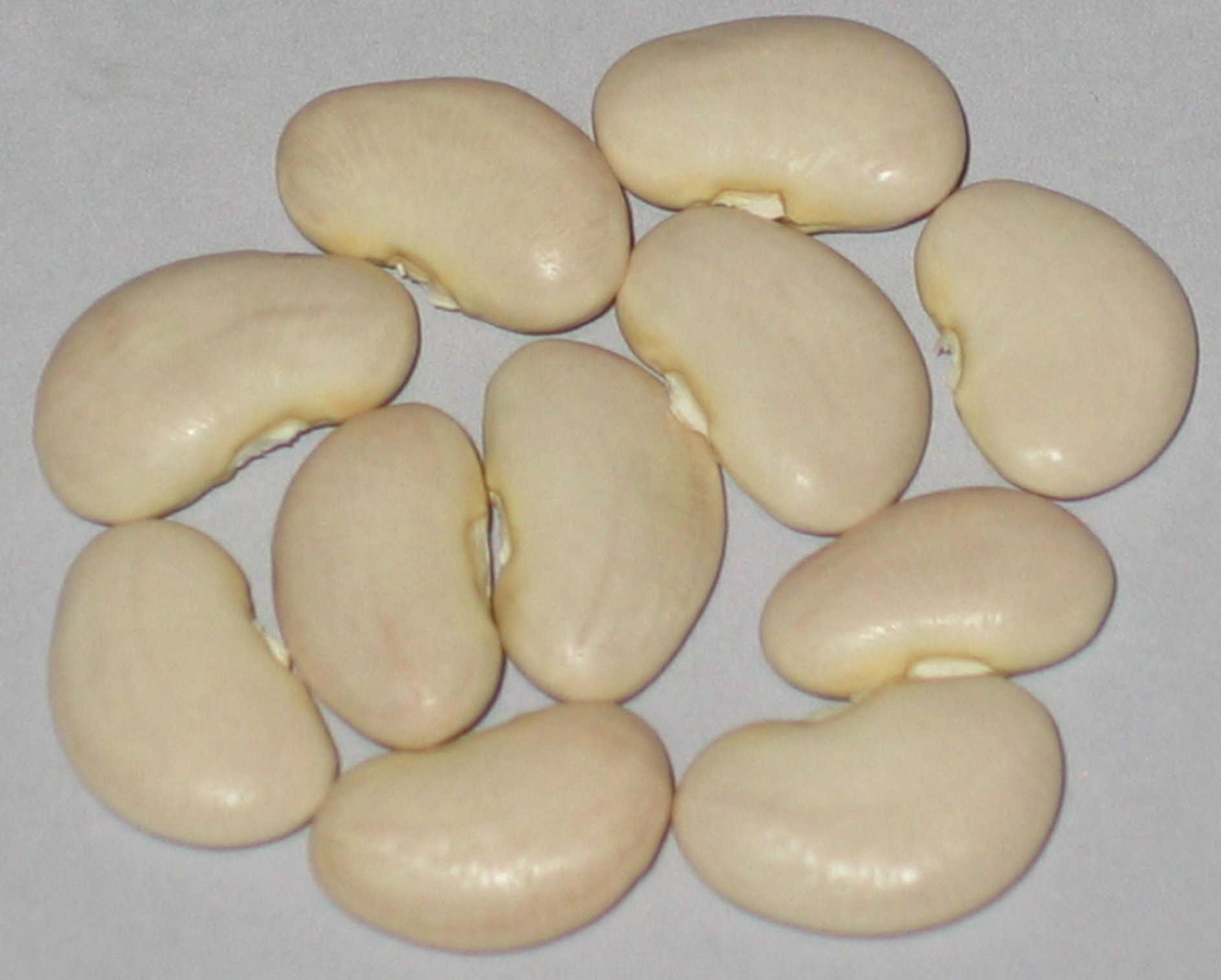
Large White Lima
Grown In 2017
Bush-Lima
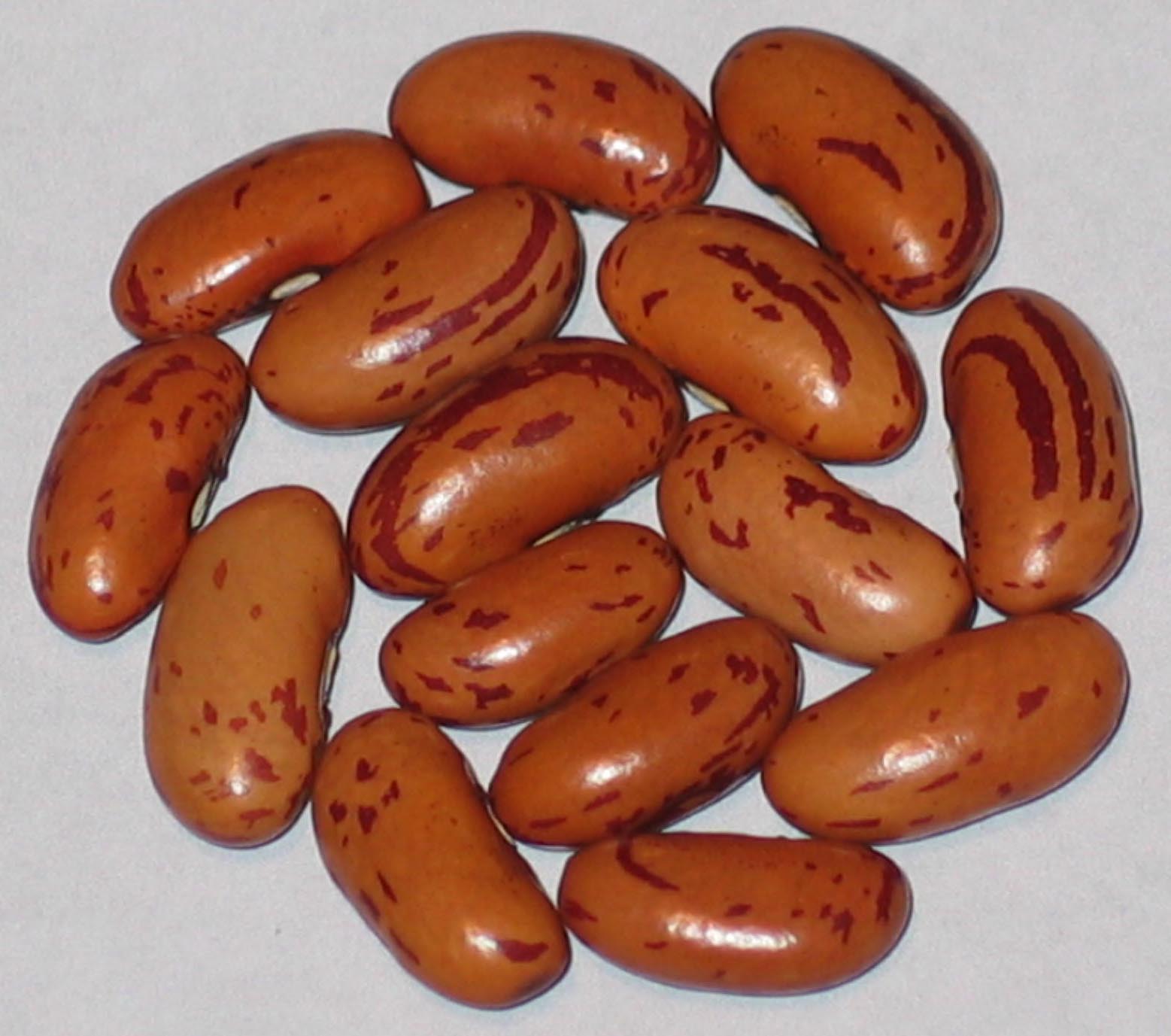
Larson Family Swedish
Grown In ?
Bush-dry Maybe of fresh shell use also. A Larson Family heirloom. Donated to this collection by Seed Saver Exchange member Zachary Benson of Lino Lakes, Minnesota in 2016.
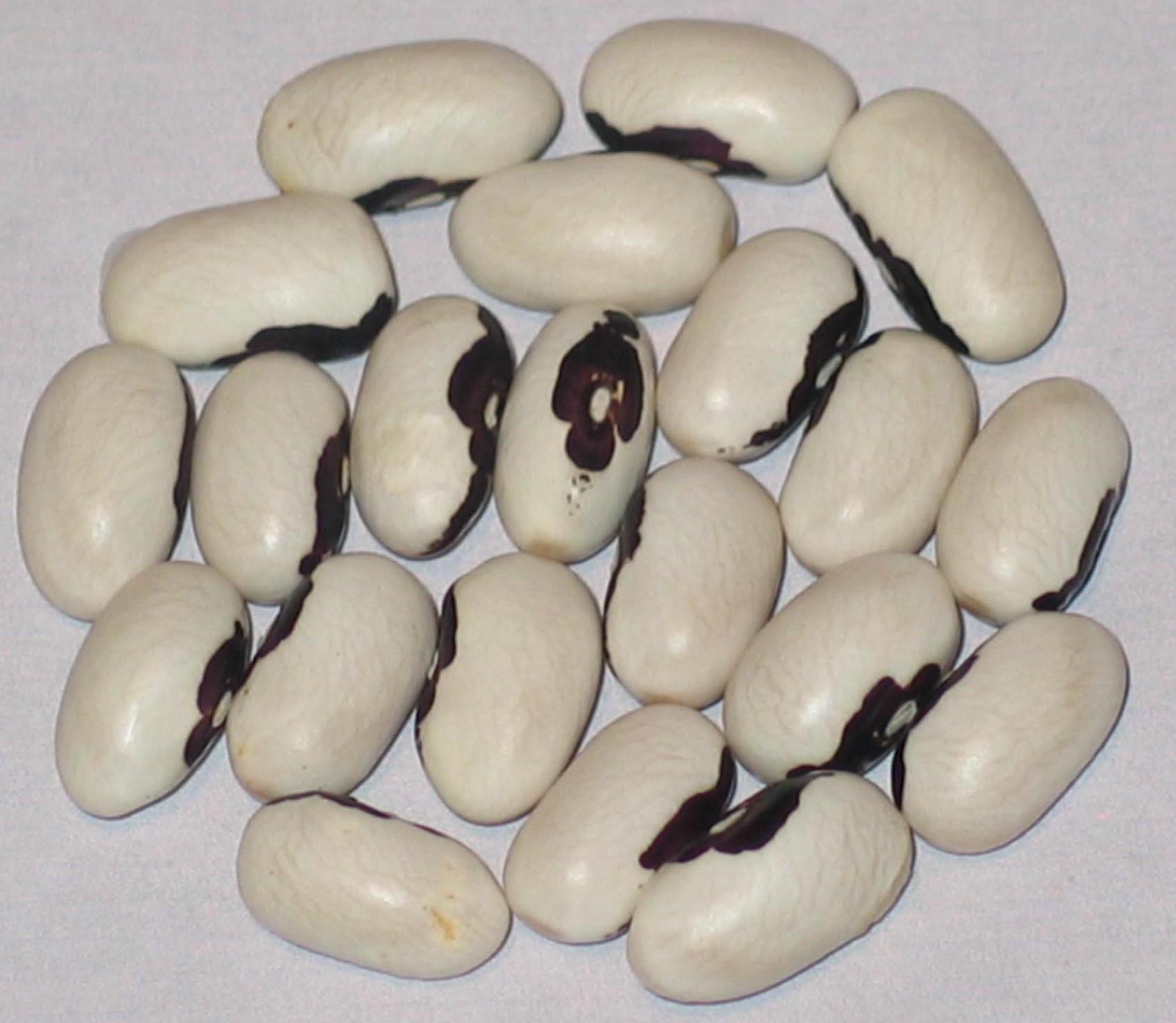
Lastochk
Grown In 2021
Bush Dry. Donated to me by Sean Pountain of West Bend, Wisconsin in 2021.
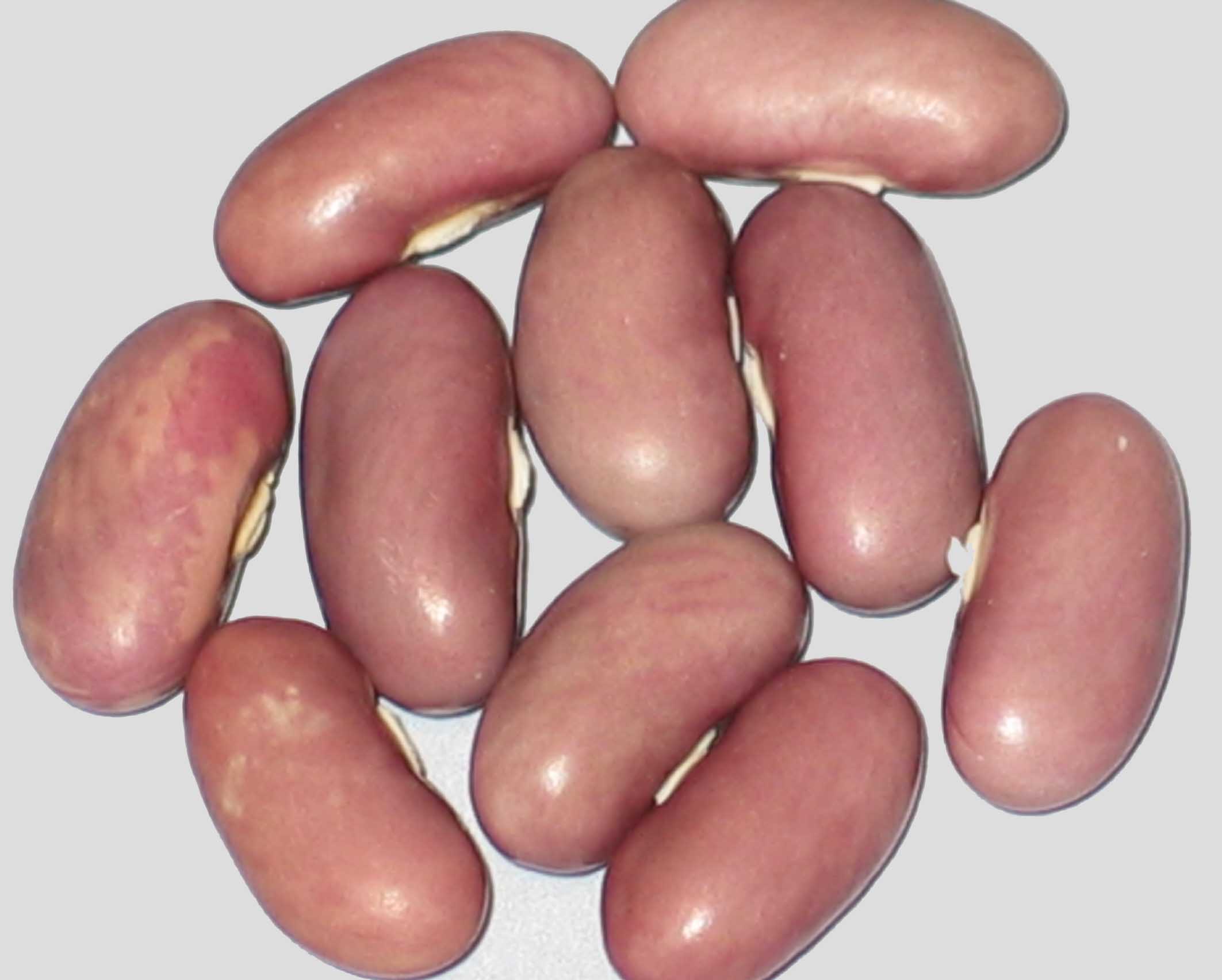
Lavender Bush
Grown In '14 & 2017
Bush Snap. My seed donor of this bean is from Hobartville, New South Wales, Australia. He got this bean from the Australian Seed Bank but it orignally was a bean that came out of a German seed bank.
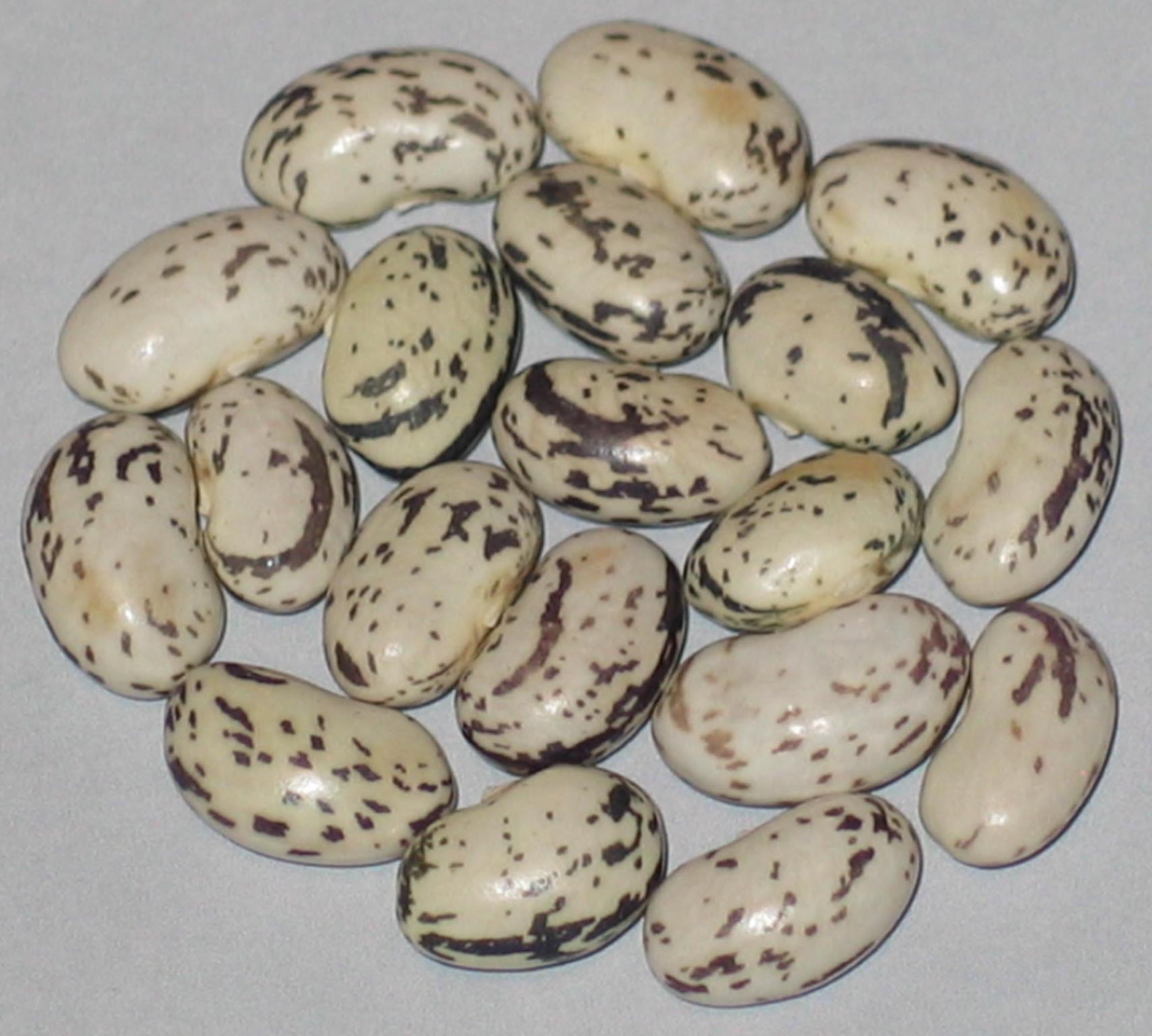
Lavender Swirl
Grown In '17,21 & 2023
Pole Dry. From Pam Quackenbush at the Central Indiana Seed Swap, January 2020. A bean originally brought back to the U.S. by Joseph Simcox.
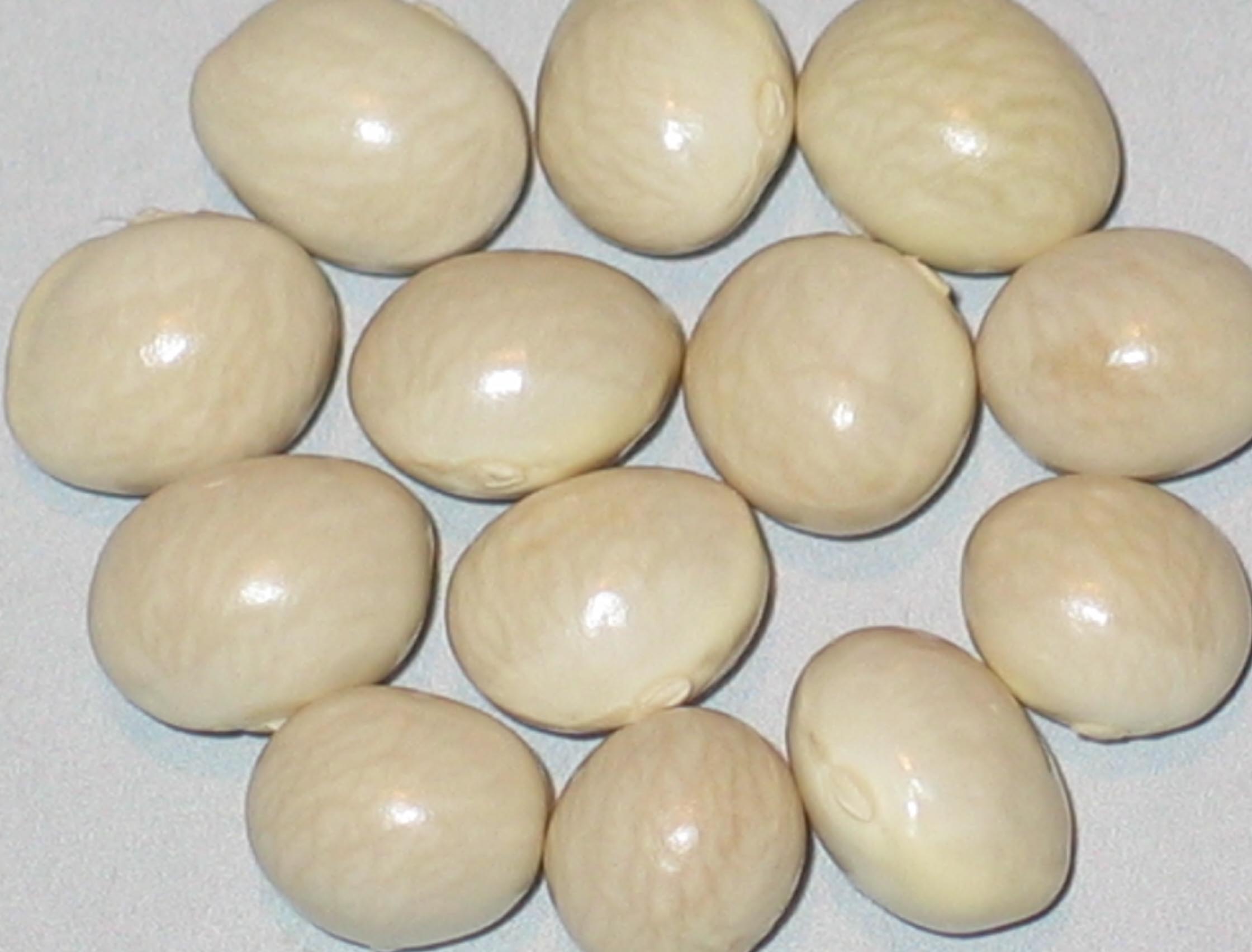
Lazy Wife
Grown In '17,'18,'21 & 2022
Pole Snap. The original Lazy Wife is a nearly round and glossy, but in the 1980's a white kidney shaped bean was marketed. The flavor of this bean was not of the orginal. Originally "Lazy Wife" had been carried by W. Atlee Burpee starting in 1885, who obtained it from Mennonite immigrants in Pennsylvania who had grown it for generations. Burpee dropped it in the early 1900's. Burpee's strain was obtained by Derek Fell, a former Burpee Seed catalog manager, from Bill Byrd of Carversville Pa, who had grown & saved seed of the original "Lazy Wife" ever since Burpee dropped it from their catalog.
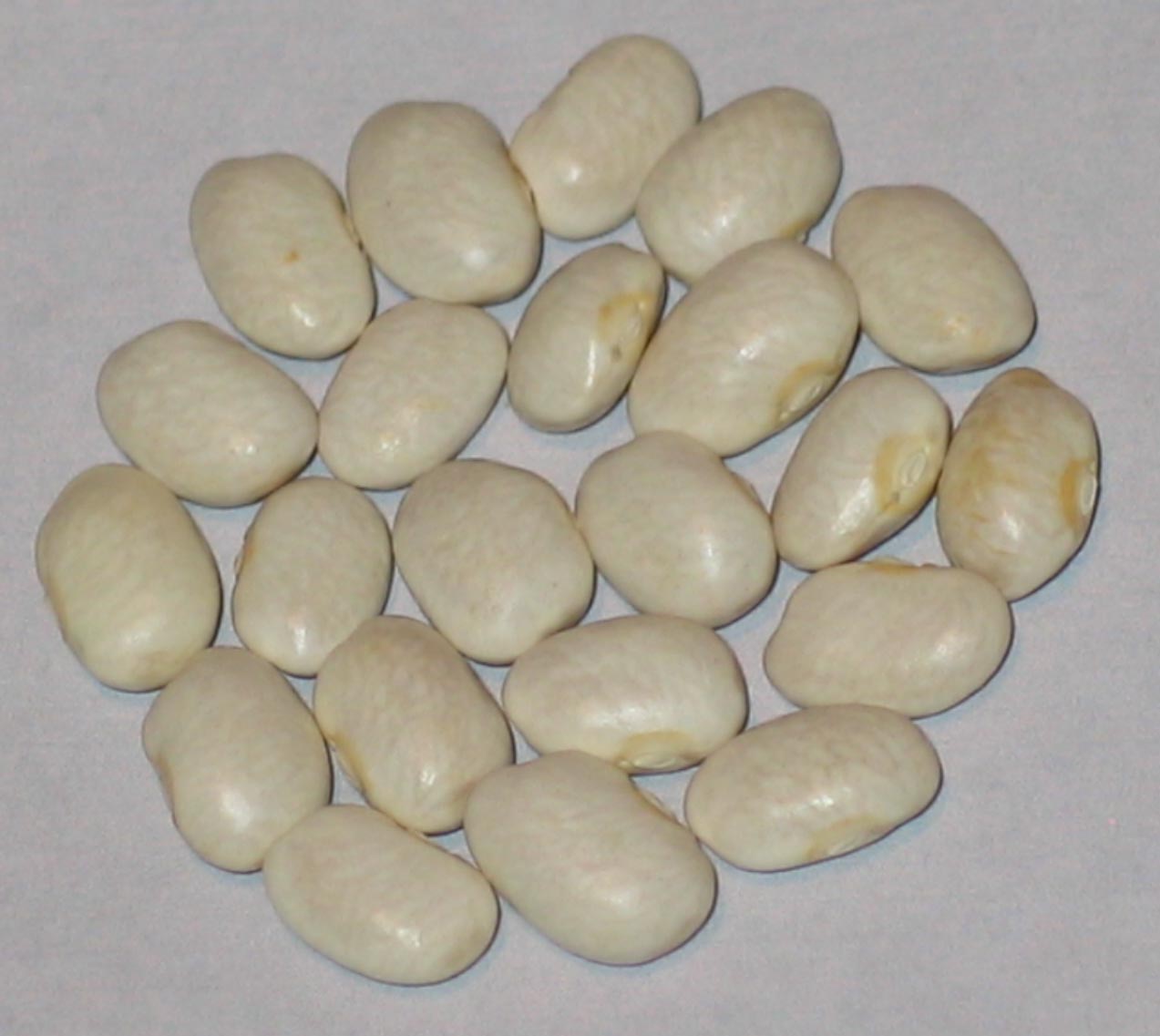
Lazy Wife Greasy
Grown In ?
Pole Full Bean. Needs to be destringed and pods are cooked and eaten when seeds have reached the shelly stage. Bill Best of the Sustainable Mountain Agriculture Center got this bean through his father’s first cousin.
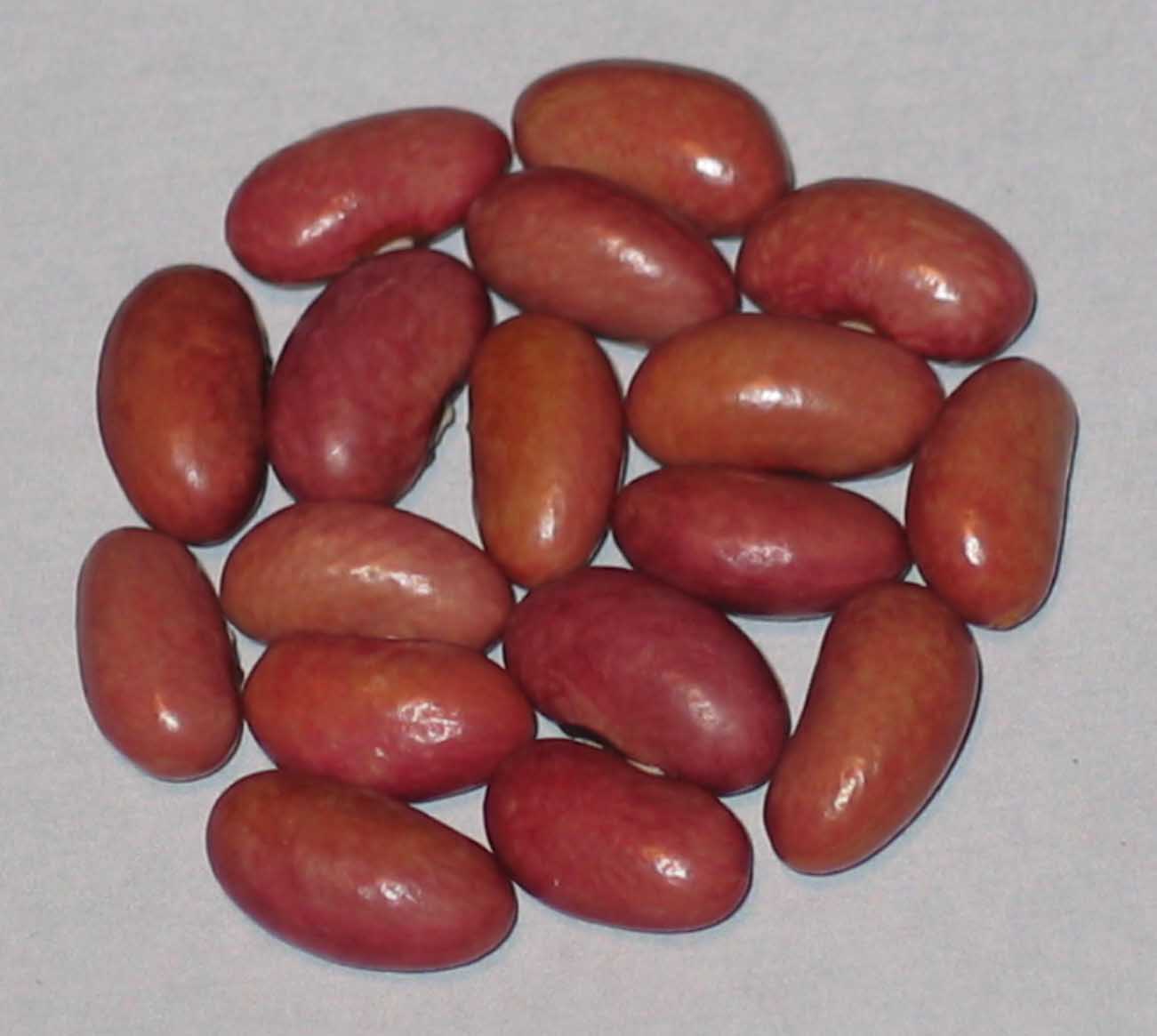
Lazy Wife Red
Grown In '13 & 2023
Semi Runner. Grows to about 3 feet. Plants are vigorous & productive Produces flat green pods about 8 long well formed and is early. When grown for dry seed the pods are easy to shell. From my seed donor in Hercules, South Africa 2014.
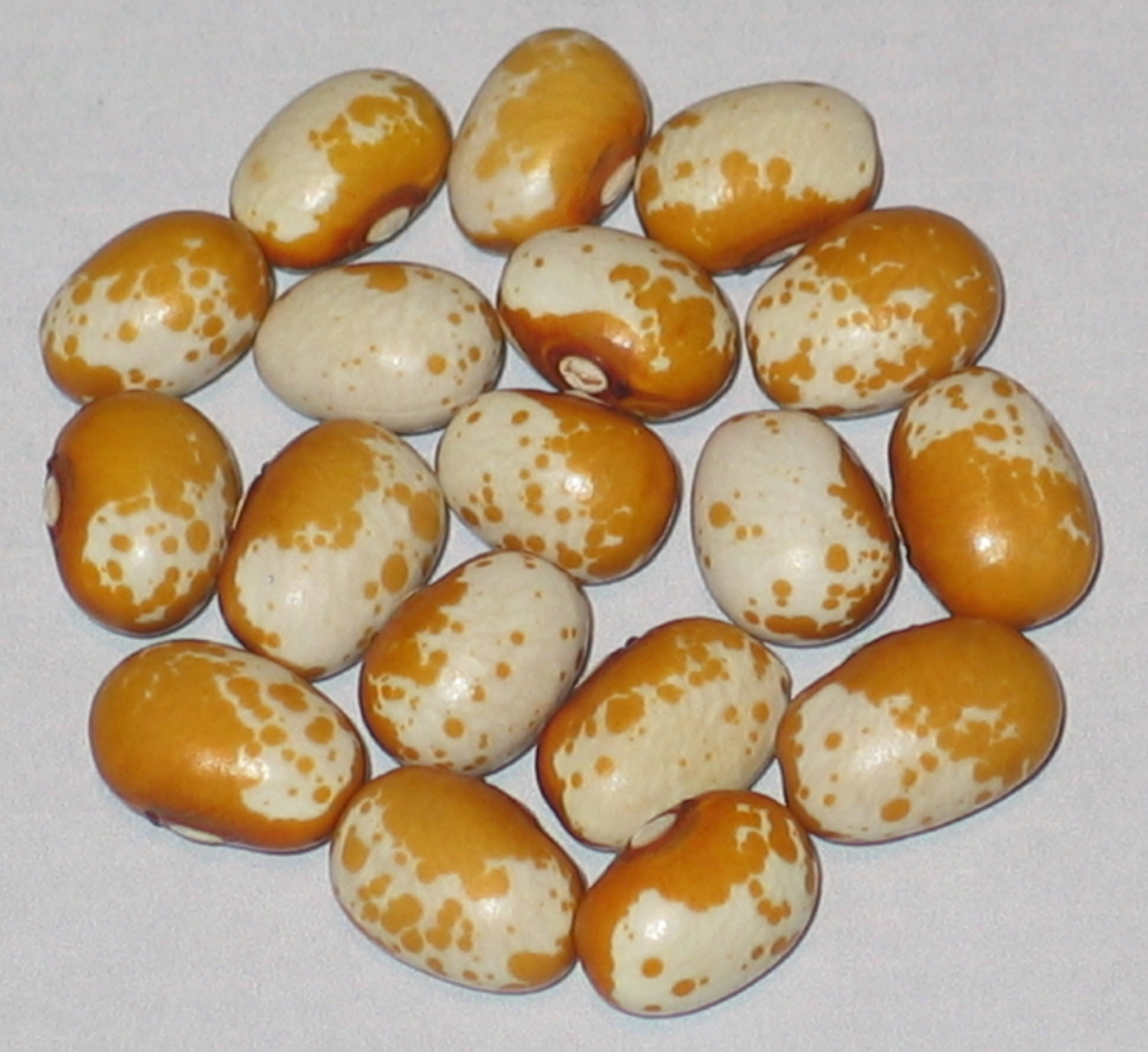
Lekatt
Grown In '14,'18,'21 & 2023
Bush Dry. A variety from Sweden bred by Ruurd Walrecht an early advocate and apostle of heritage varieties in the Netherlands who now lives in Sweden. The beans name means Stoat or Ermine. The weasel like animal native to Europe, Asia and North America. This beans parentage is Wieringer (a bean similar to Molasses Face) and Prairie Appaloosa (a bean that looks like Zuni Shalako).
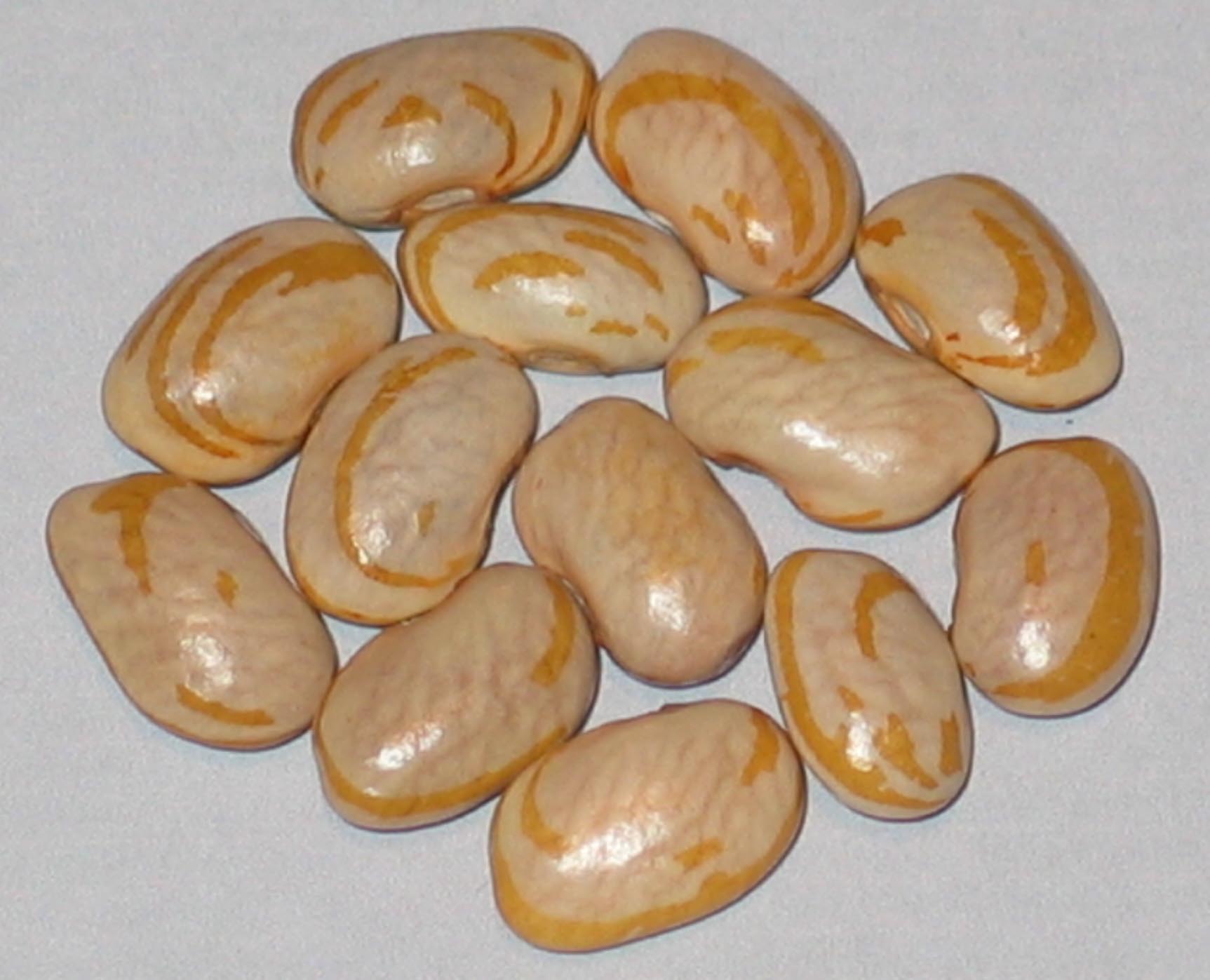
Lemon Slice
Grown In 2018
Semi Runner Dry. This beautiful bean with this unique coloration is an original bean of Stephen Rossi of St. Charles, Michigan. Donated to this collection in November 2018. A longer season bean that is still not fully stable but it's getting close.
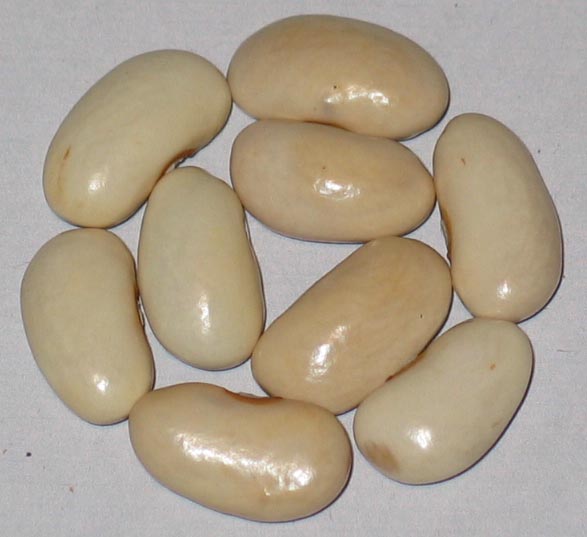
Lengua De Lobo
Grown In '16 & 2024
Pole Snap. Collected by Joseph Simcox. Country of origin Chile. Lengua De Lobo or Wolf’s Tongue blossoms with white flowers and has 8 inch long green pods. This bean is daylength sensitive and only blossoms when the days and nights are close to 12 hours each. The only growers that I will send seed of this bean too are those growers with about a 6 month frost free growing season.
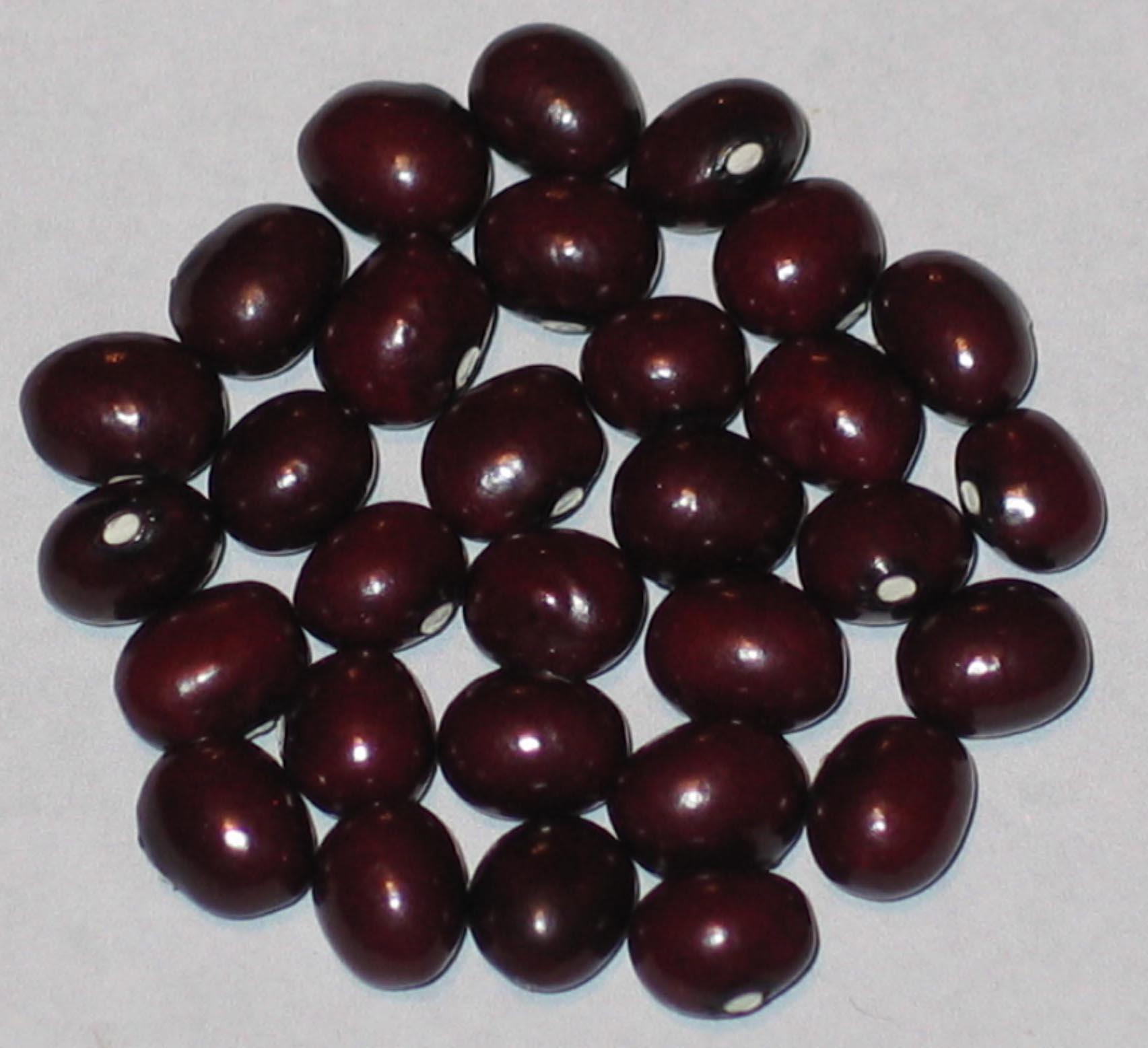
Letcher County Fall
Grown In ’21,’22 & 2024
Pole Dry. Plants will reach a height of about 7 or 8 feet. Dry or fresh shell use. From Letcher county Kentucky. Beans are a little larger than a Navy.
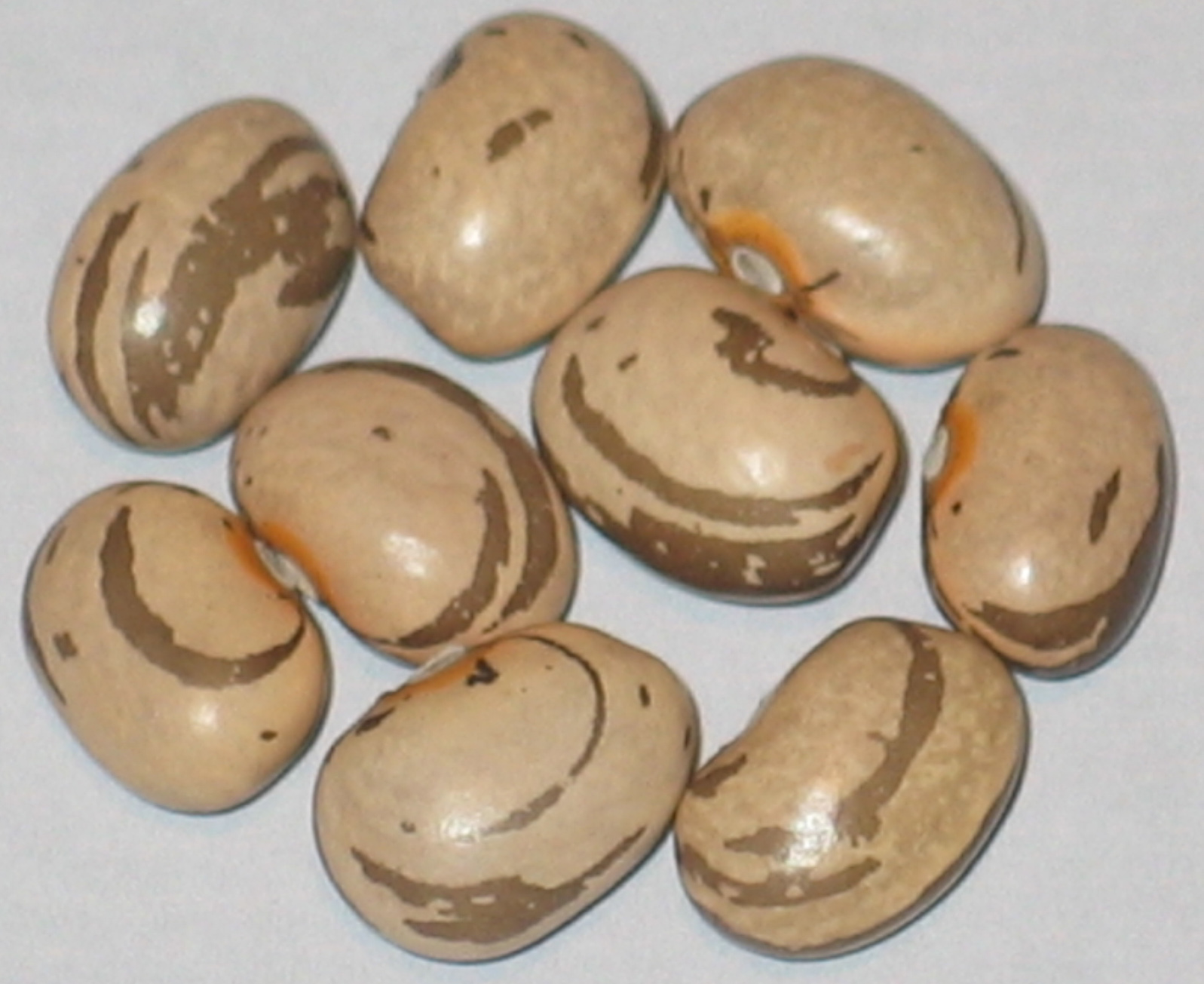
Lewis County Fall
Grown In 2018
Pole Dry. From Remy Orlowski’s Sample Seed Shop, 2018.
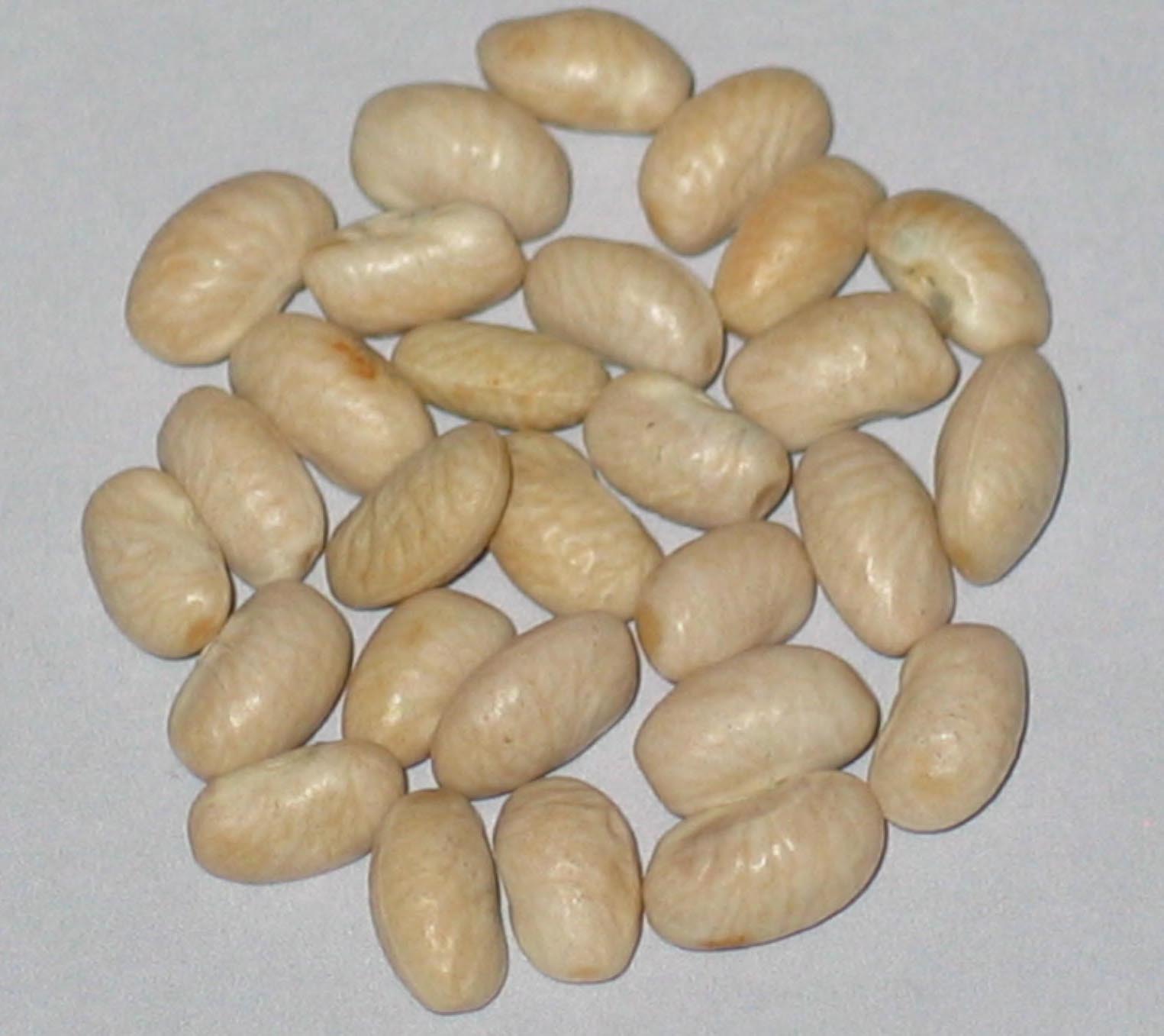
Lil Daisy
Grown In ?
Pole. From Paul Douglas, Williamsburg, Kentucky at the Sustainable Mountain Agriculture Seed Swap in Livingston, Tennessee in October 2019. Paul's Friend Mark Beverley had grown a bean called "Ilene" for years which Mark had found in Laurel County, Kentucky. One year he noticed Ilene had produced an off type that was a greasy bean so he saved seeds from it. He wasn't sure what to name it, so Paul said name it after your wife , Daisy. Paul says, I think we called it Lil' Daisy because there was a bean called Little Daisy.
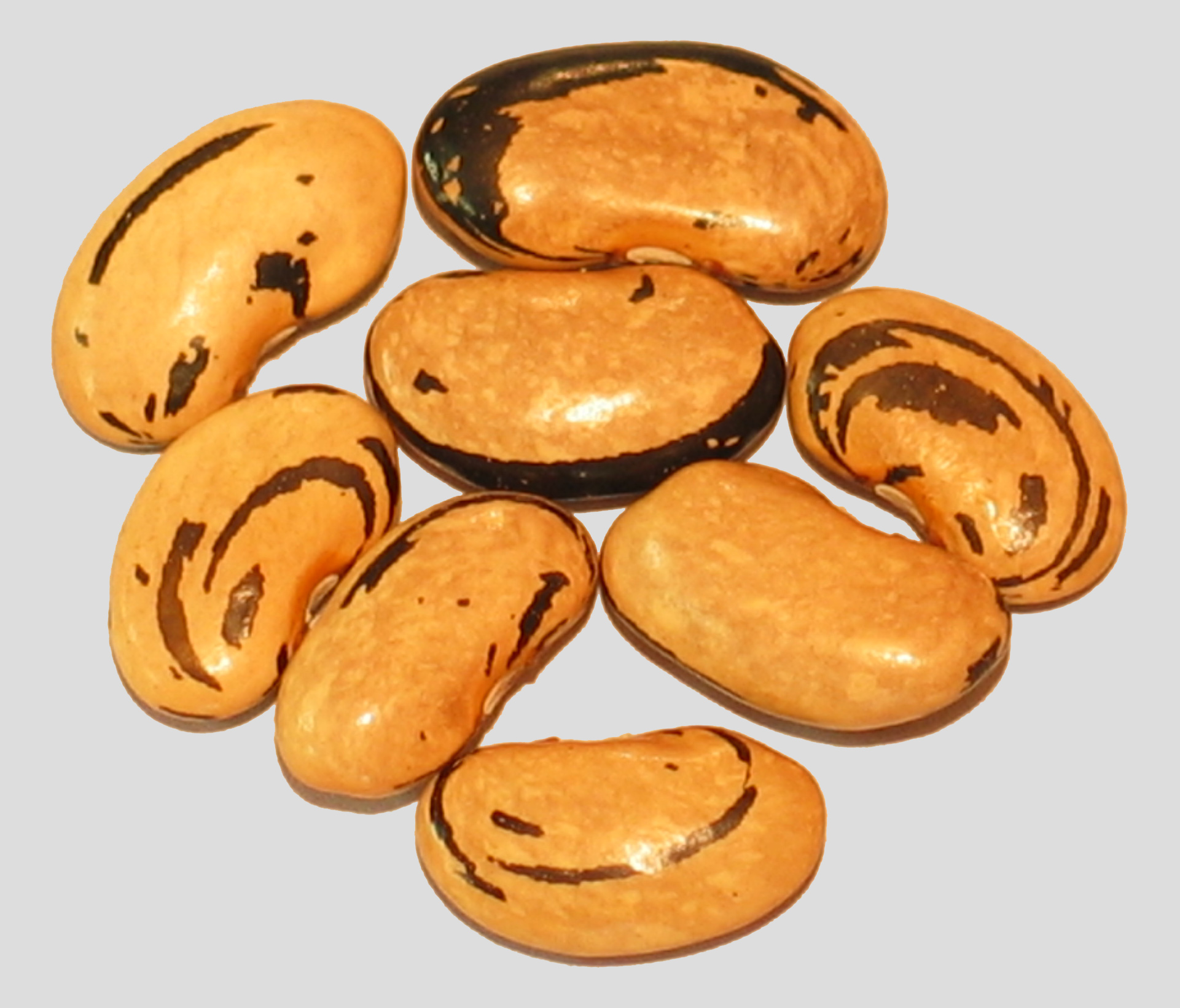
Lohrey’s Special
Grown In 2022
Pole, snap, shell, dry use. Blossom mauve. First dry pods in about 90 days. Dry seed is easy to shell with it's thin pod walls. Pods are 8 inches long slightly flattened. Seed flattened. Has been grown by the Royce Lohrey family of Tasmania, Australia for over 60 years.
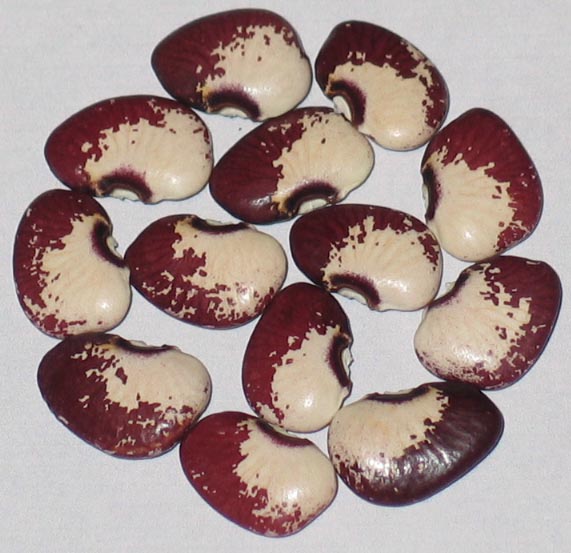
Lois Archer
Grown In '19 & 2024
Pole Lima, shell, dry use Donated to me by Curt Burroughs of Memphis, Missouri 2019. This may have been another lima he acquired from the USDA seed bank.
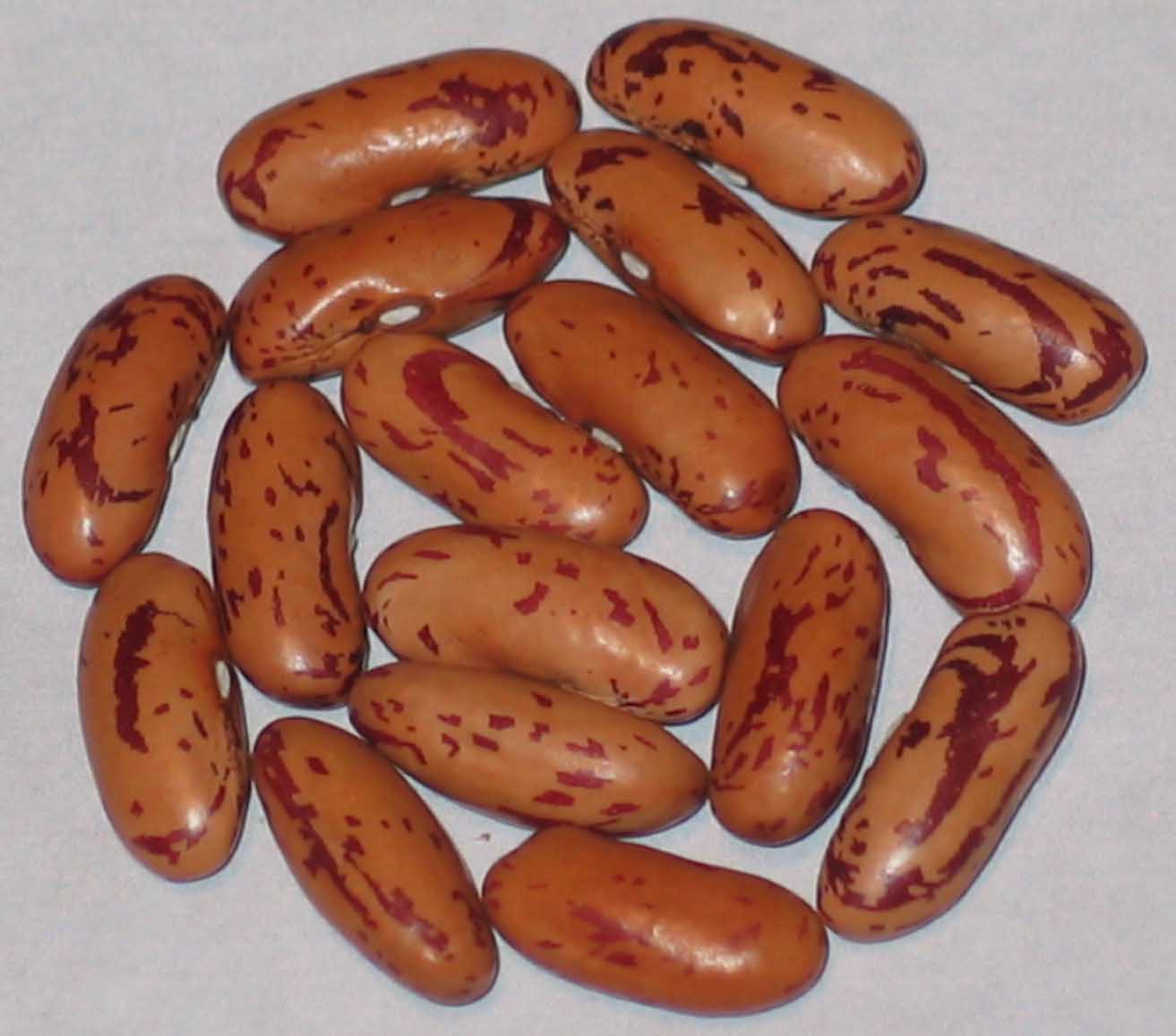
Long Cranberry
Grown In ?
Pole Dry. This bean I had grown and donated to Seed Savers Exchange Heritage Farm in the early 1980’s. I believe I had obtained this bean from a frequent SSE seed trading member Ralph Stevenson of Tekonsha, Michigan.
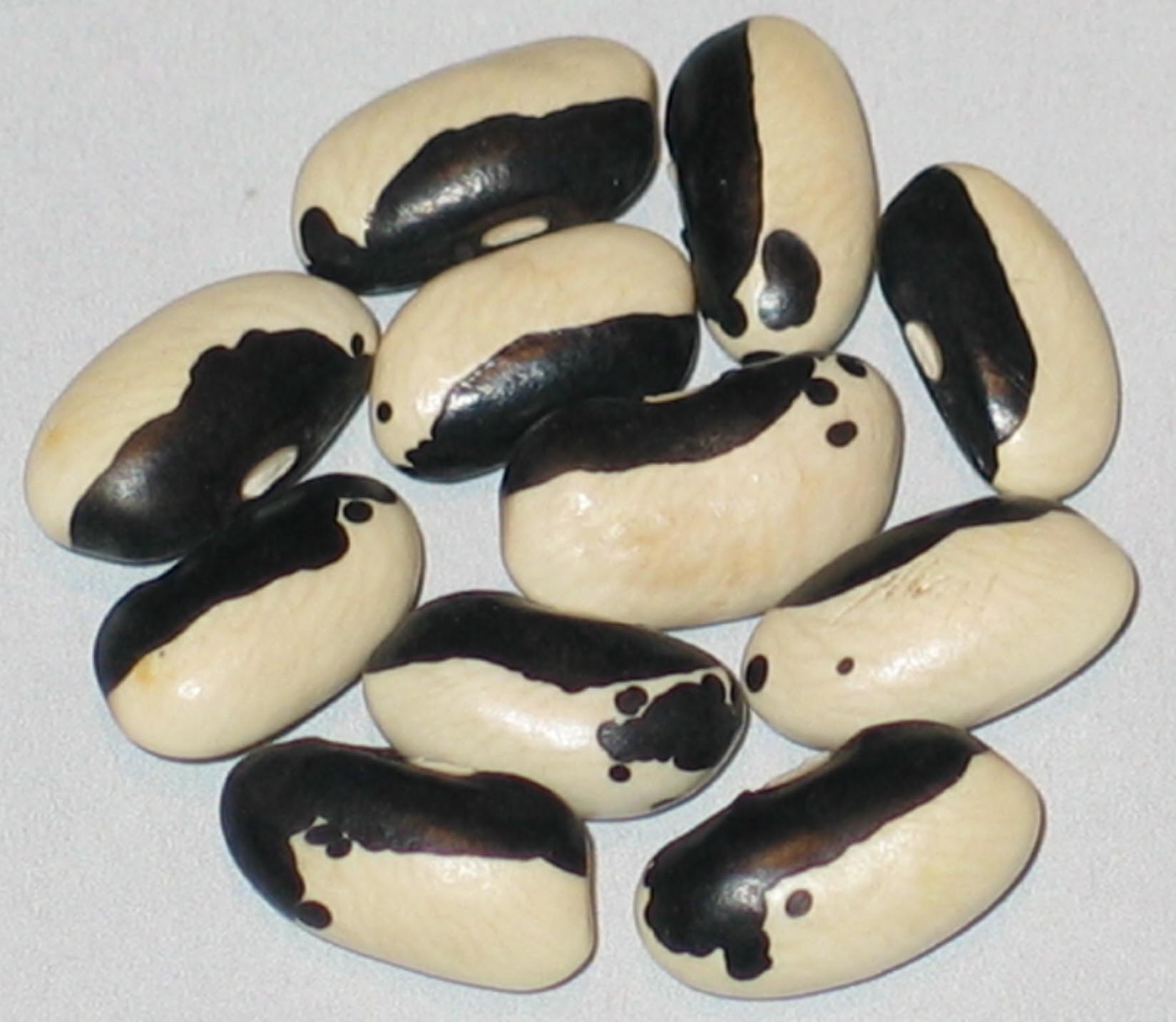
Long Eye Black Eye
Grown In '22 & 2023
Bush Dry. Purchased from Sandhill Preservation Center, Calamus, Iowa in 2018.
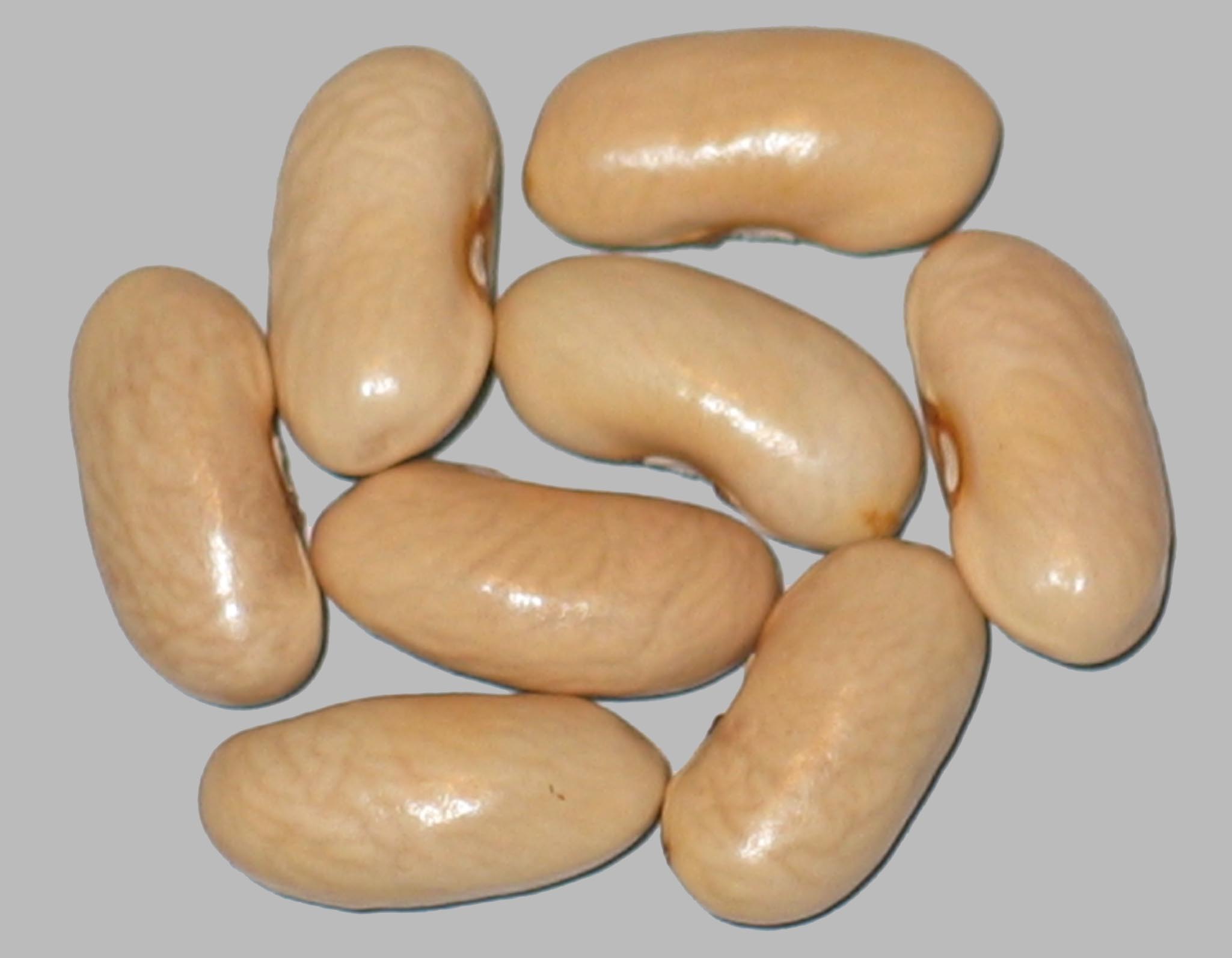
Long Lake Giant
Grown In '16 & 2018
Bush Snap. One of the many Robert Lobitz original named beans. He released this bean through the Seed Savers Exchange yearbook in the early 2000's.
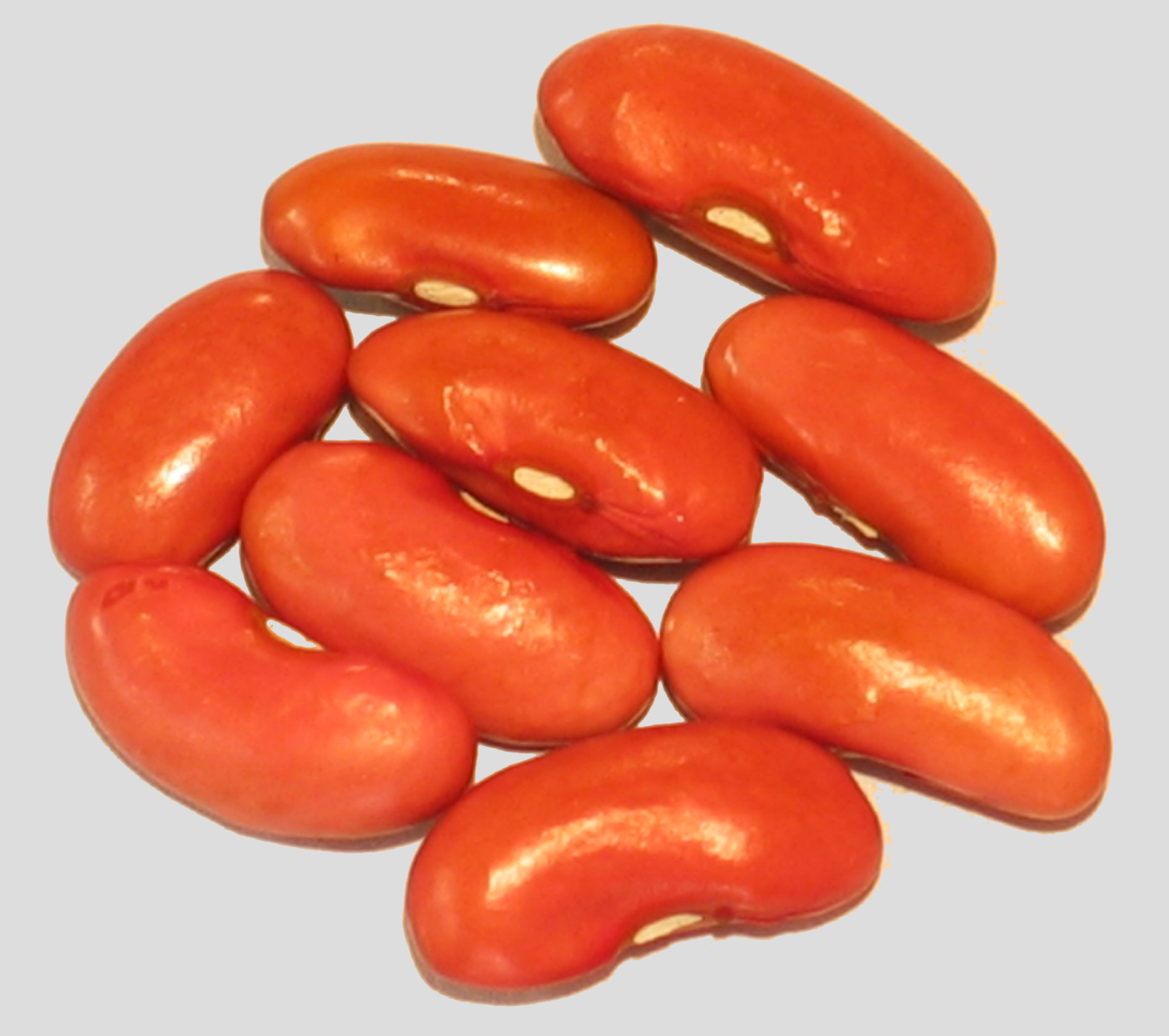
Louisiana Red Kidney
Grown In '13 & 2018
Bush Dry. From my Potter Valley, California seed donor in 2013.
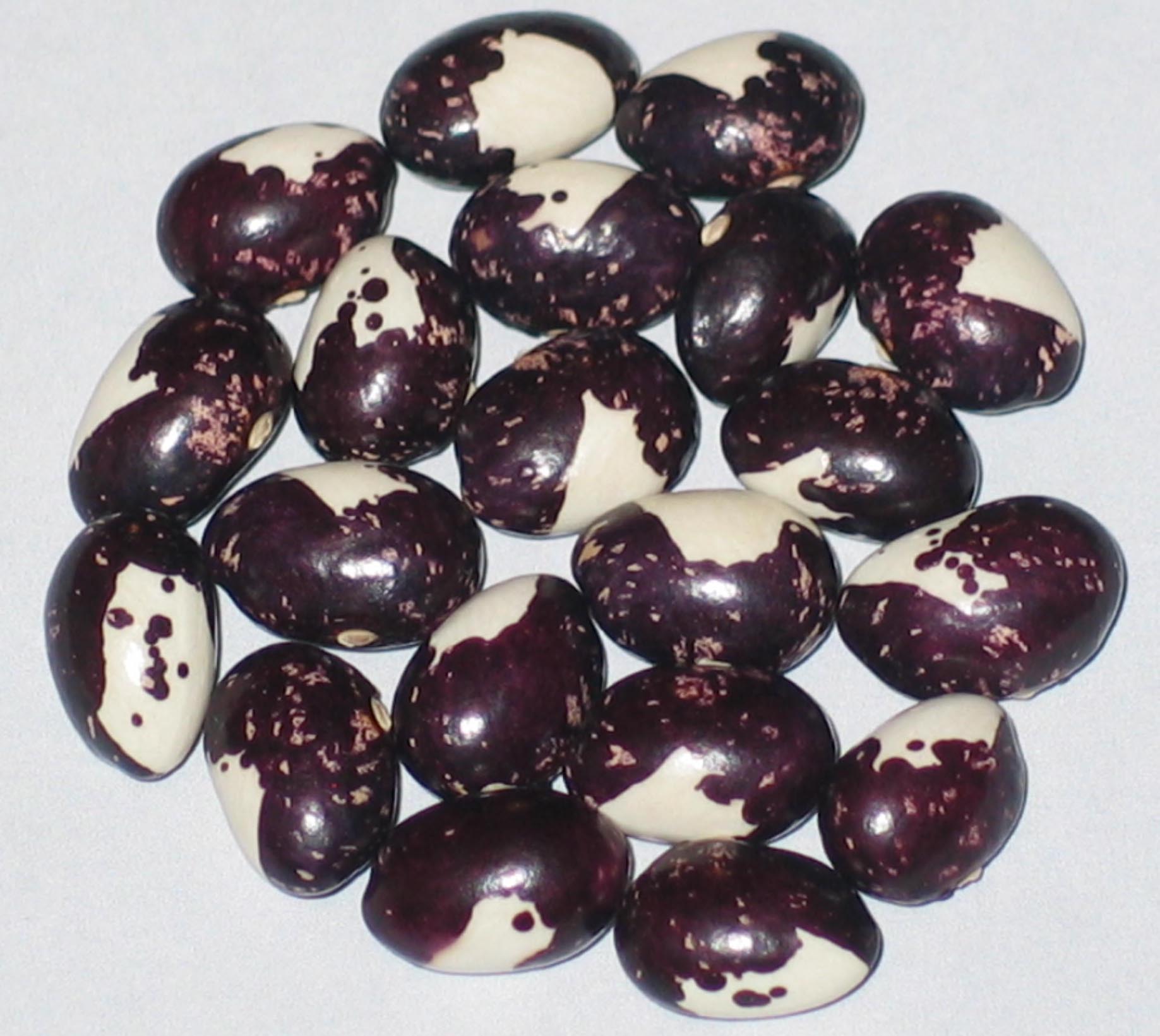
Lucie
Grown in ’20,’21,'22,'23 & 2024
Pole Dry. From Drevhostic, Czech Republic, 2020.
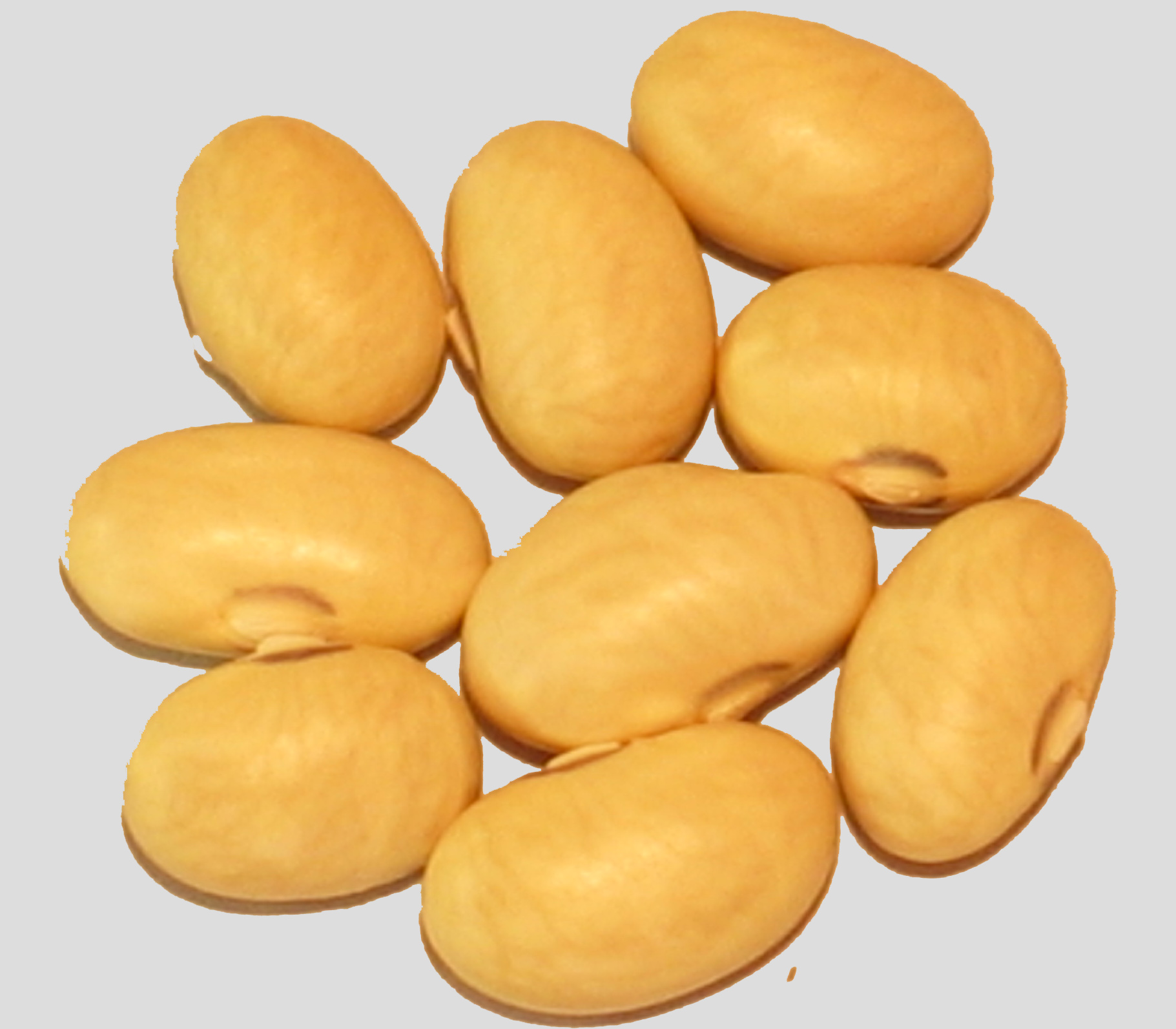
Lusaka
Grown In '22 & 2023
Bush Dry. Bean resembles sulphur bean with it's yellow color and partial black eye ring. Seed donor is from Hercules, South Africa. Country of origin Zambia.
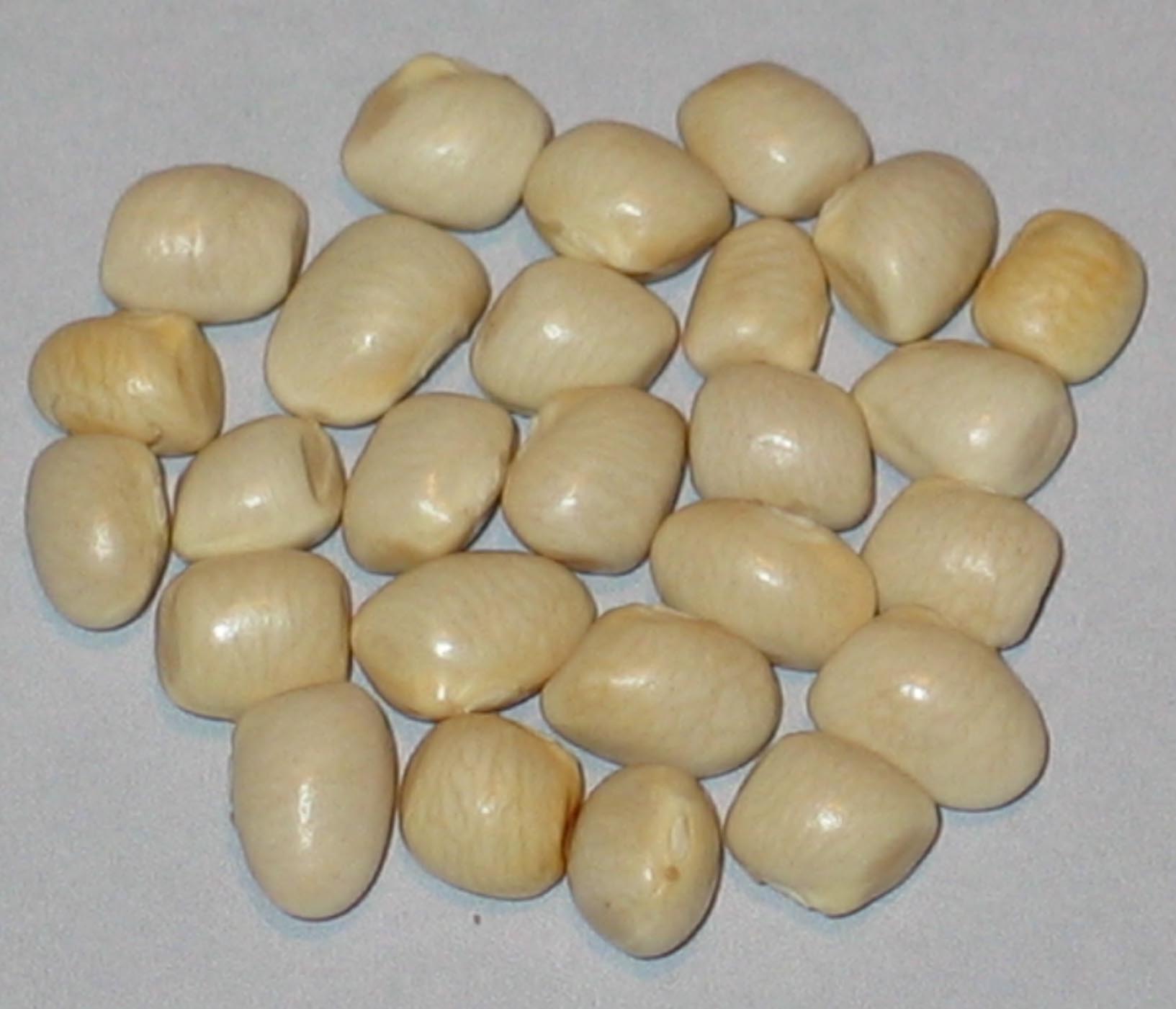
Luther’s Family Greasy Cornfield
All Seed Is Out To Grower
Pole. My seed donor is from Rockford, Illinois, 2019.
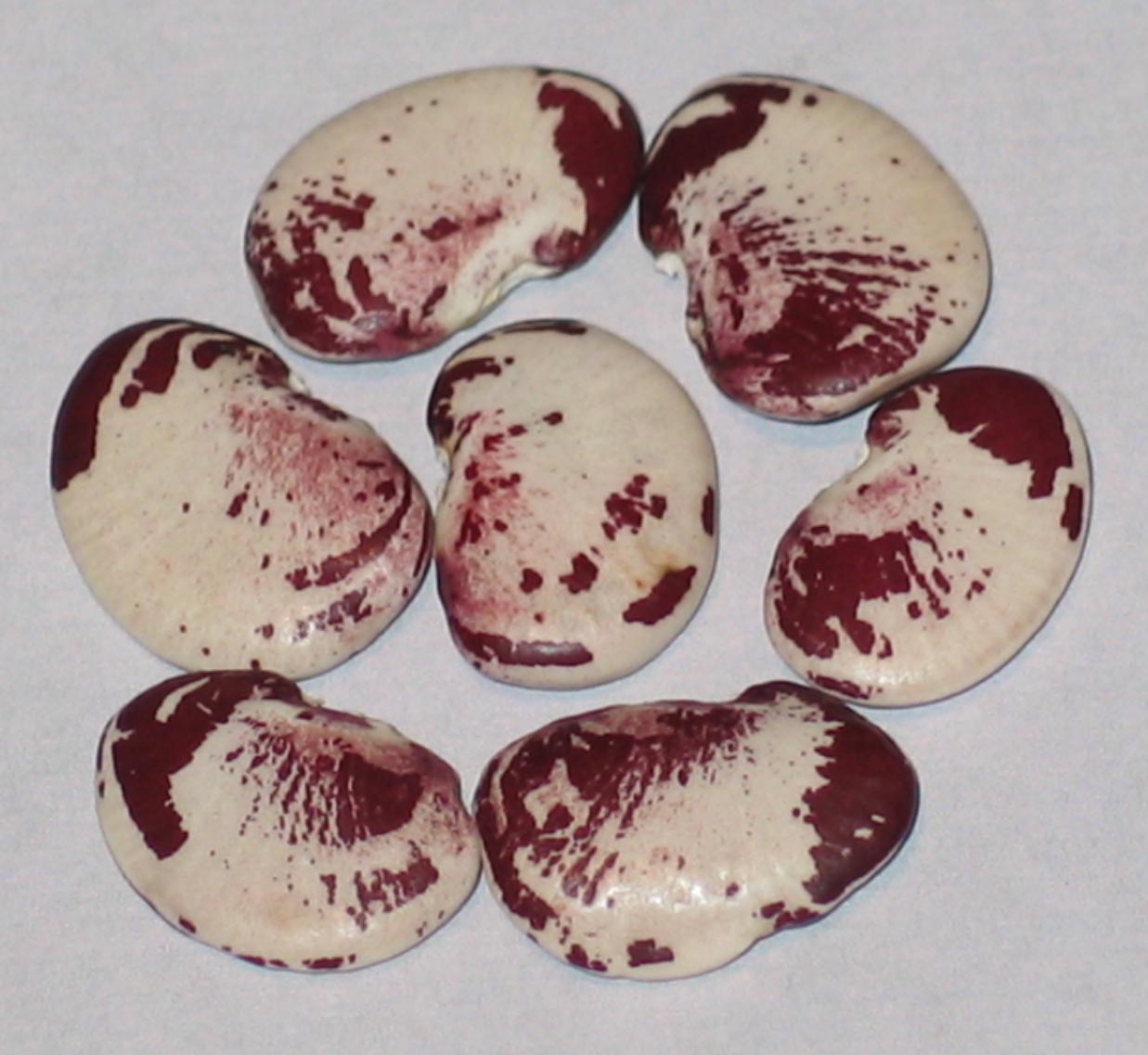
Madagascar
Grown In '18 & 2022
Pole Lima This bean is a very long season variety. I tried growing one of them in 2014 and on the night of the our first heavy frost in October. It still appeared that seed had not quite formed in the pods. These limas seem to mature alright at least as far south as southern Indiana. From Sean Freeman of Living Seeds in South Africa. 2013.
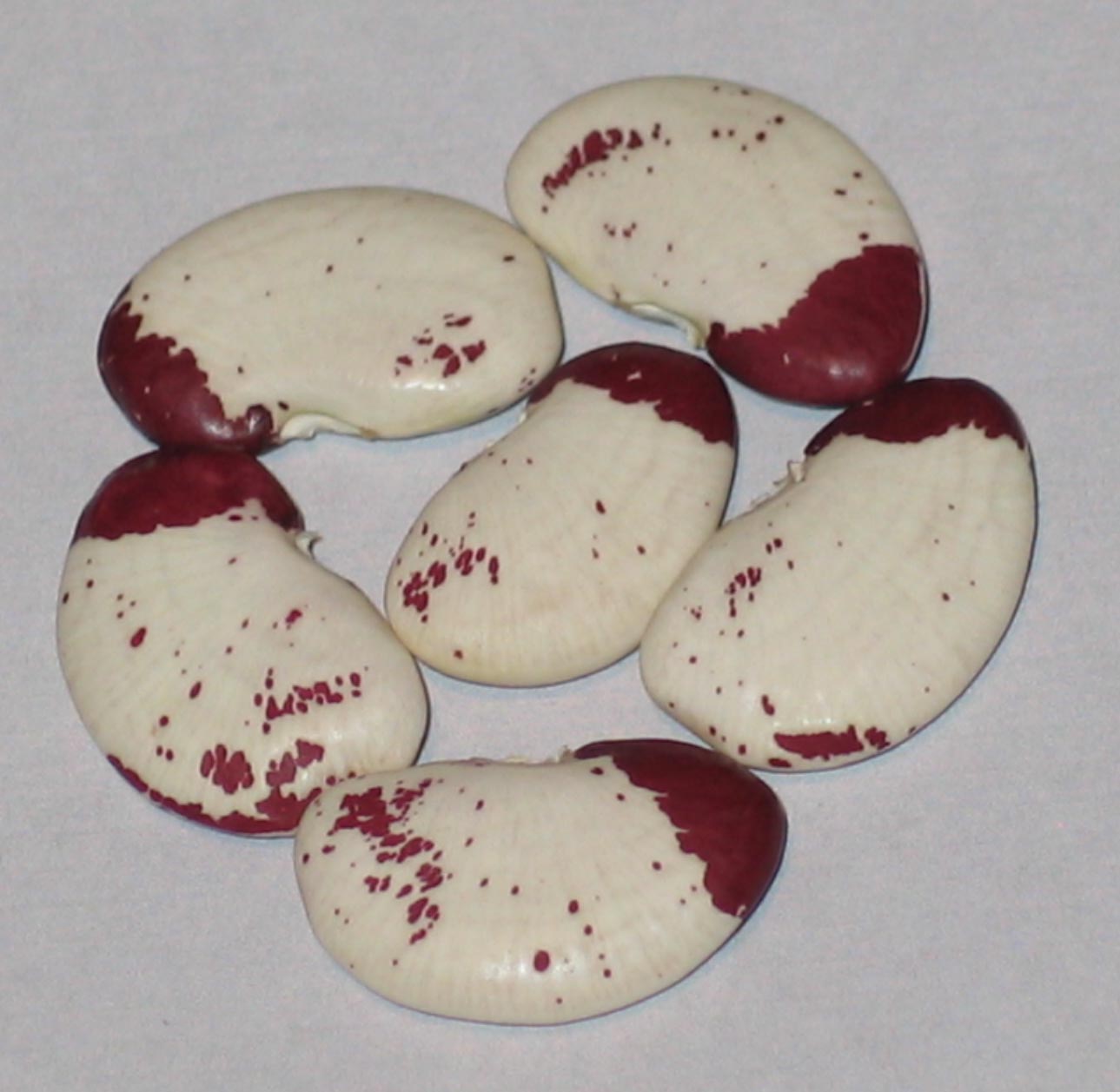
Madagascar 3
Grown In ’20 & 2021
Pole Lima. Another long season lima from my seed donor in Hobartville, New South Wales, Australia.
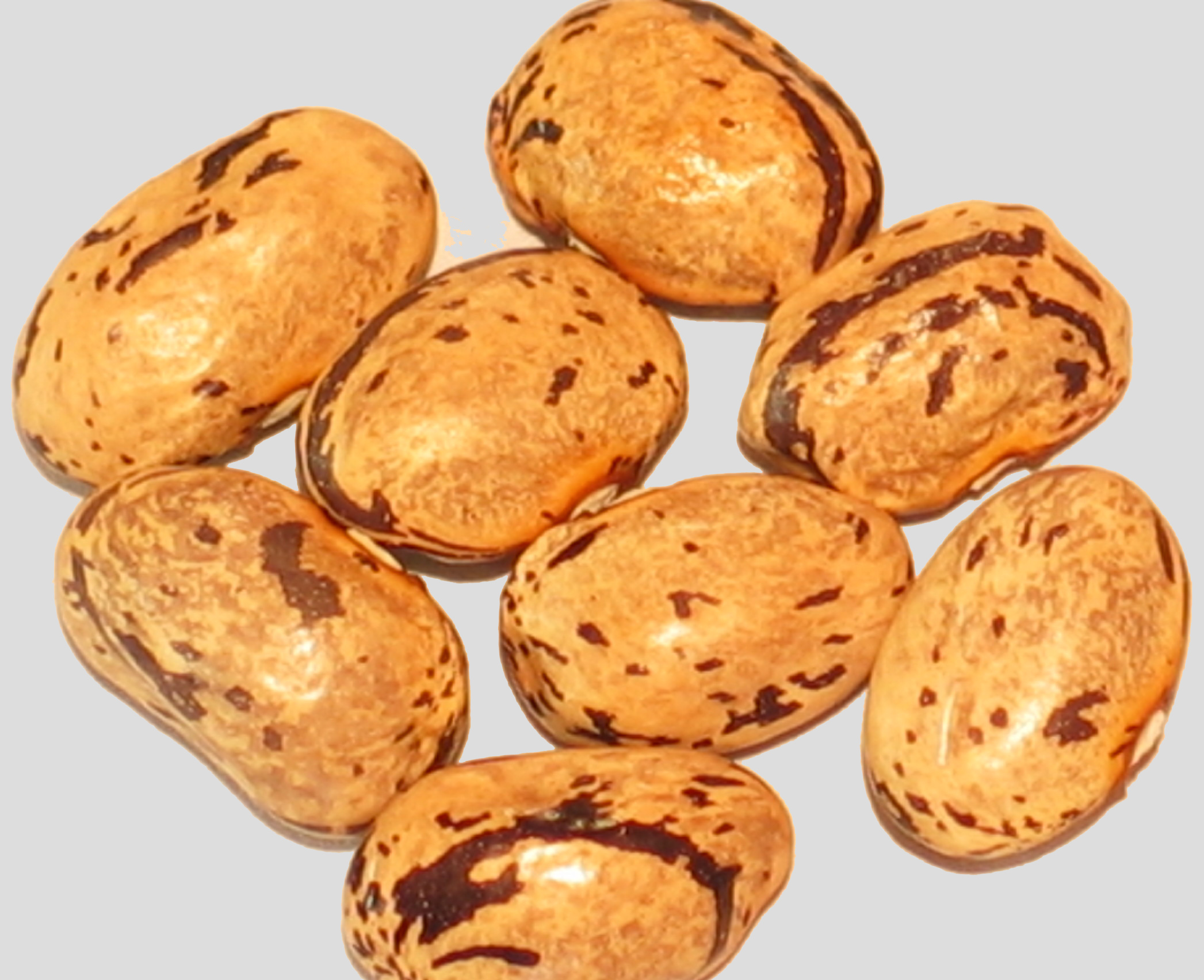
Malathini
All Seed Is Out To Grower
Bush Dry. One of the many beans brought back to the U.S. by Joseph Simcox "The Botanical Explorer".
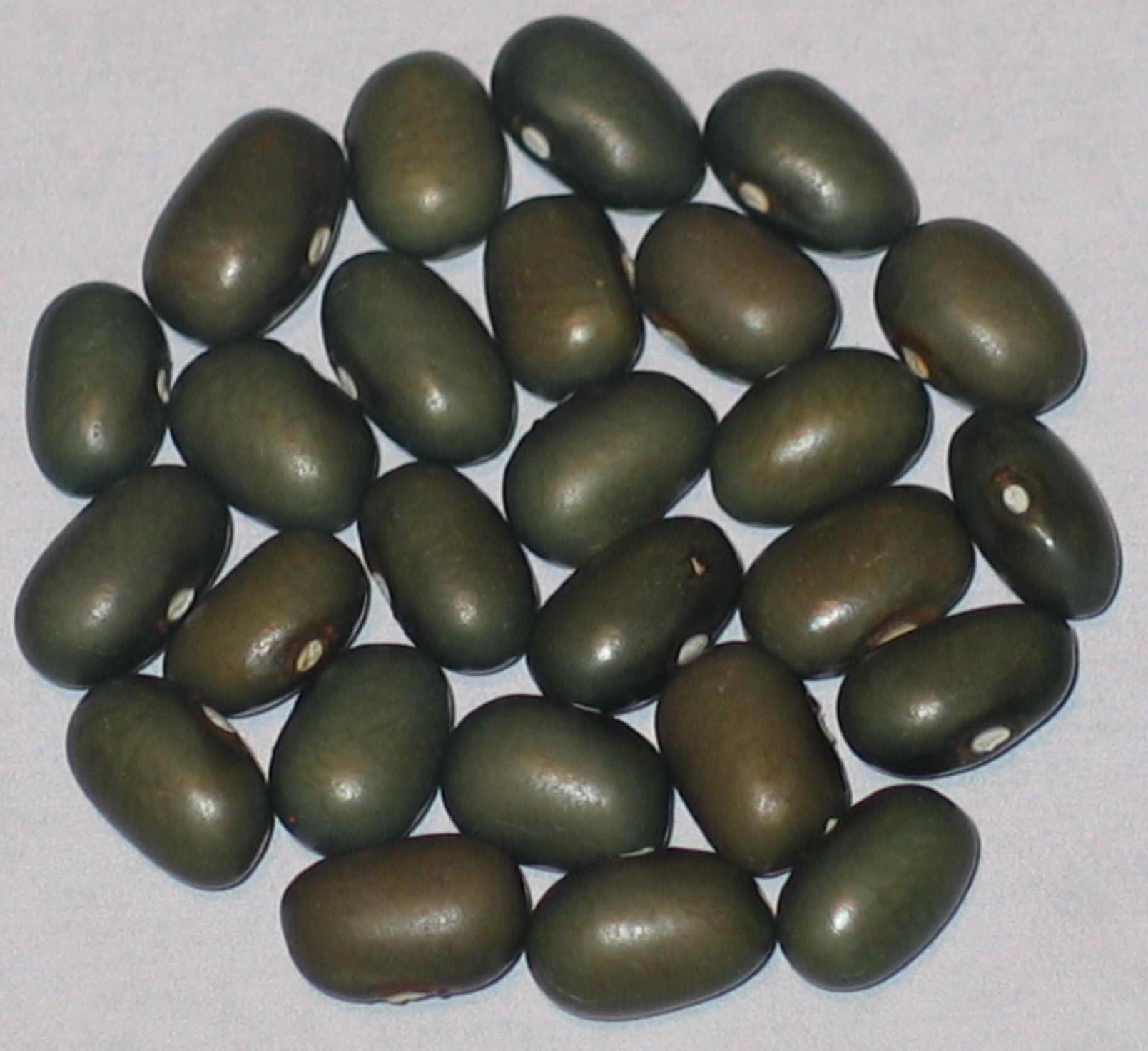
Malawi Green
Grown In '21 & 2023
Pole Dry. Origin is the the south eastern country in Africa called Malawi. My seed donor is Jenny Blaser of Little Chute, Wisconsin 2021.